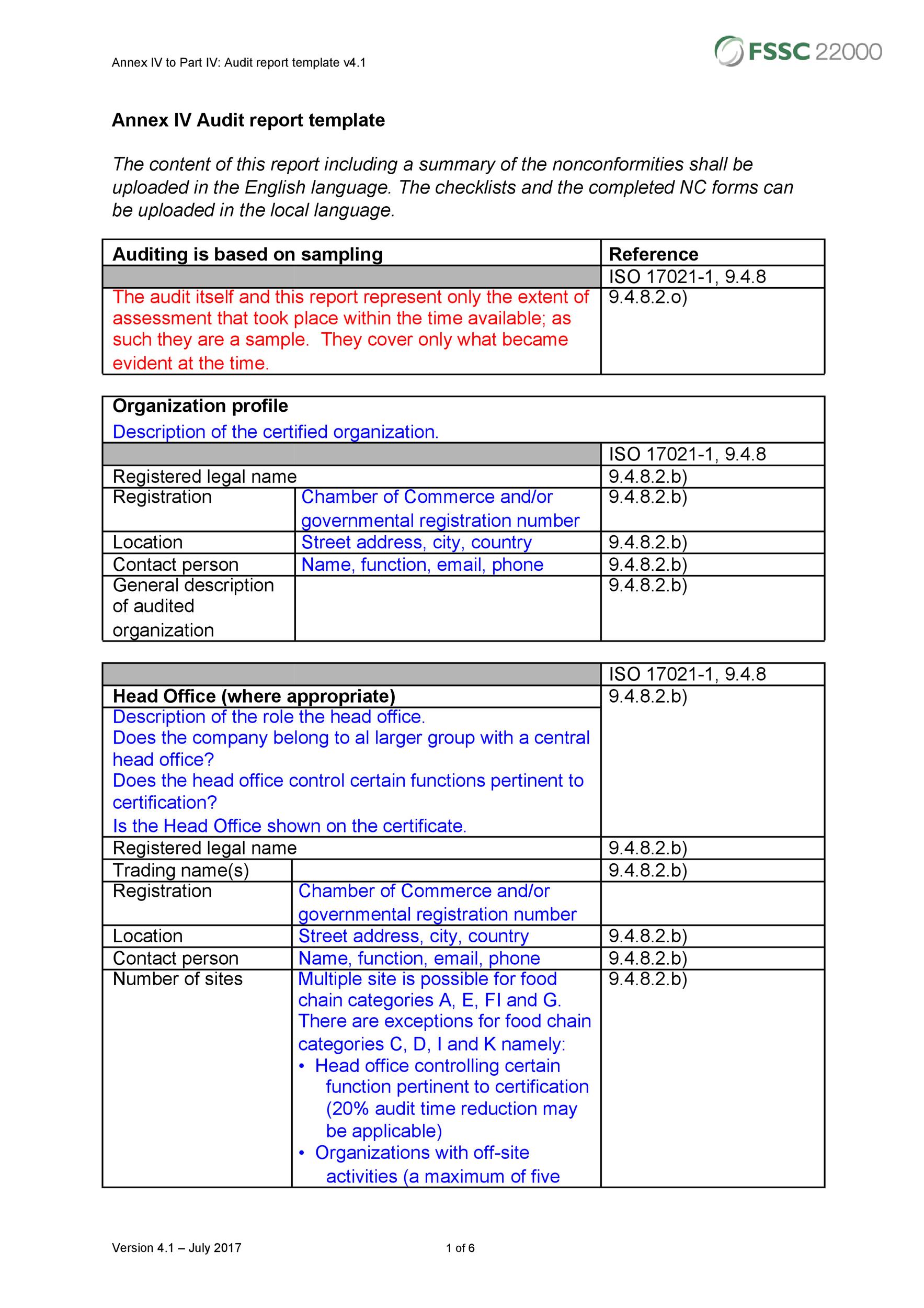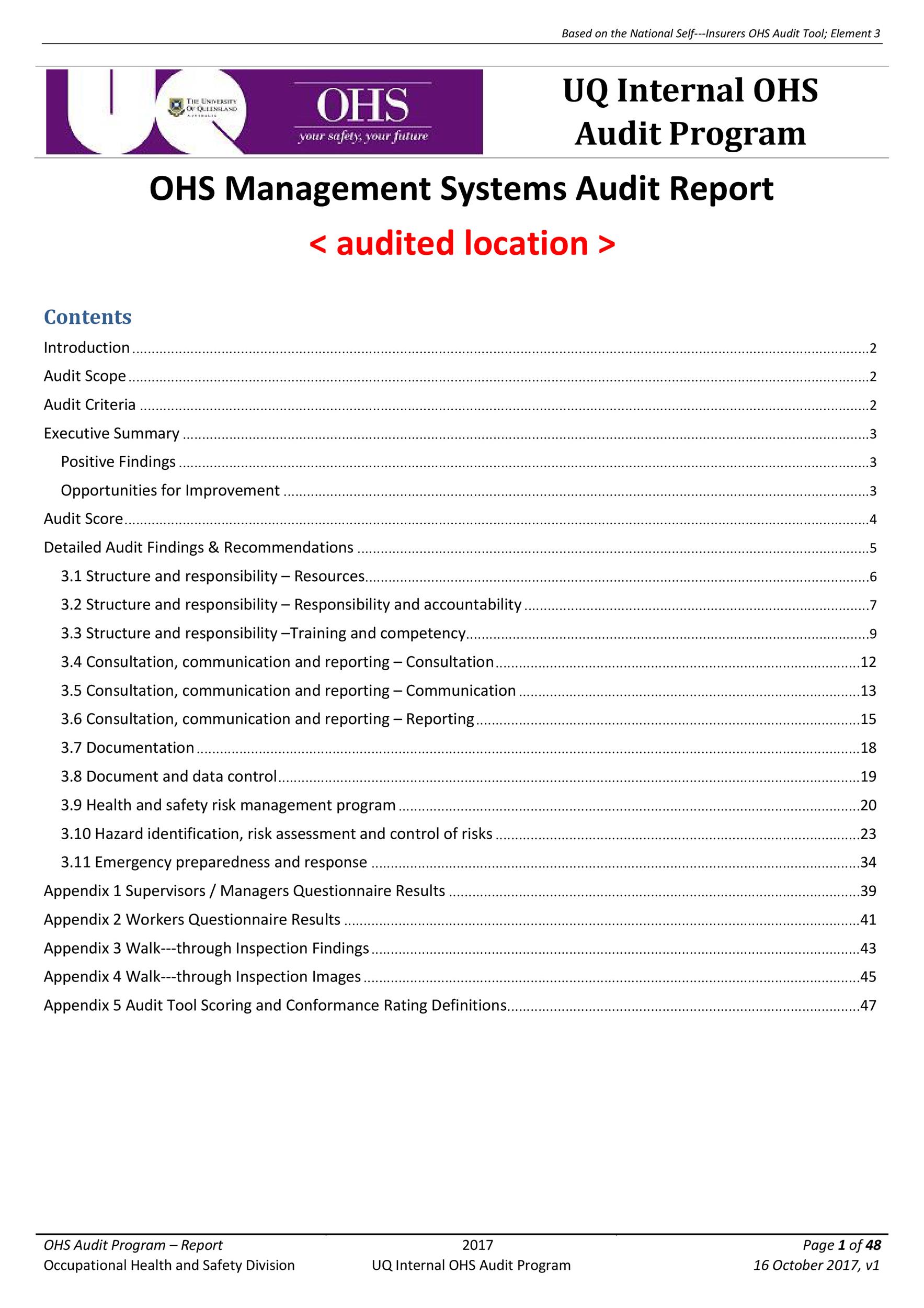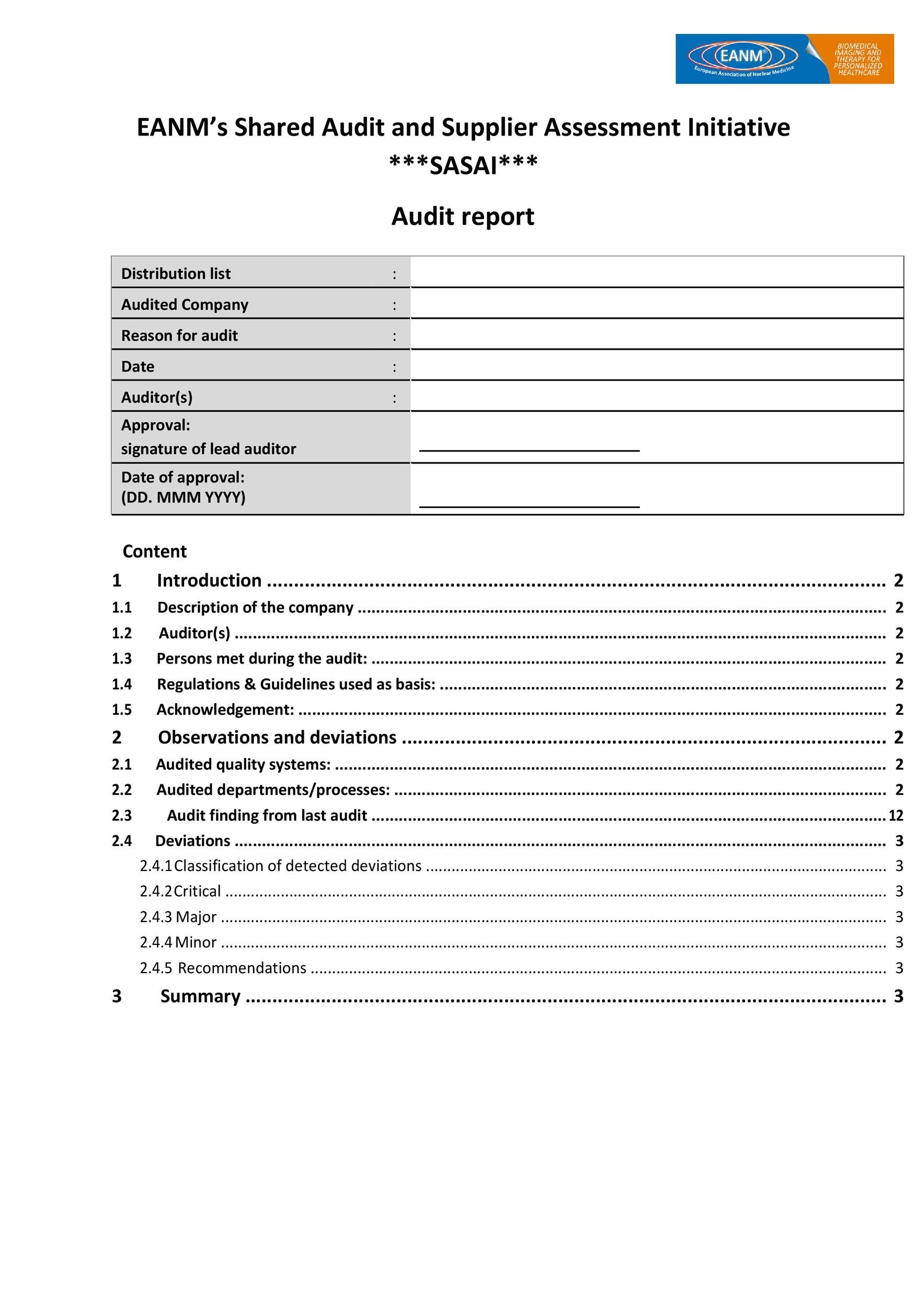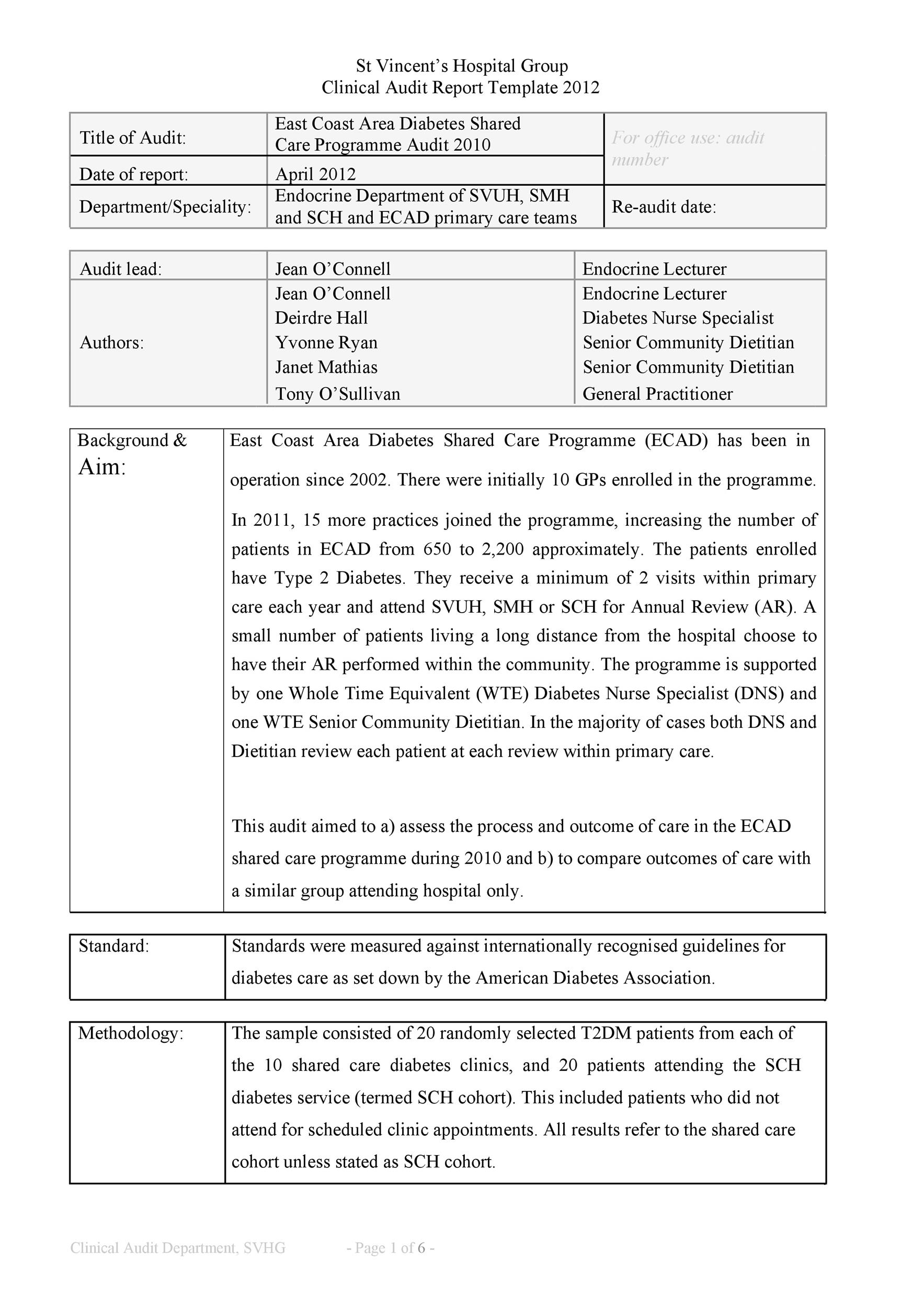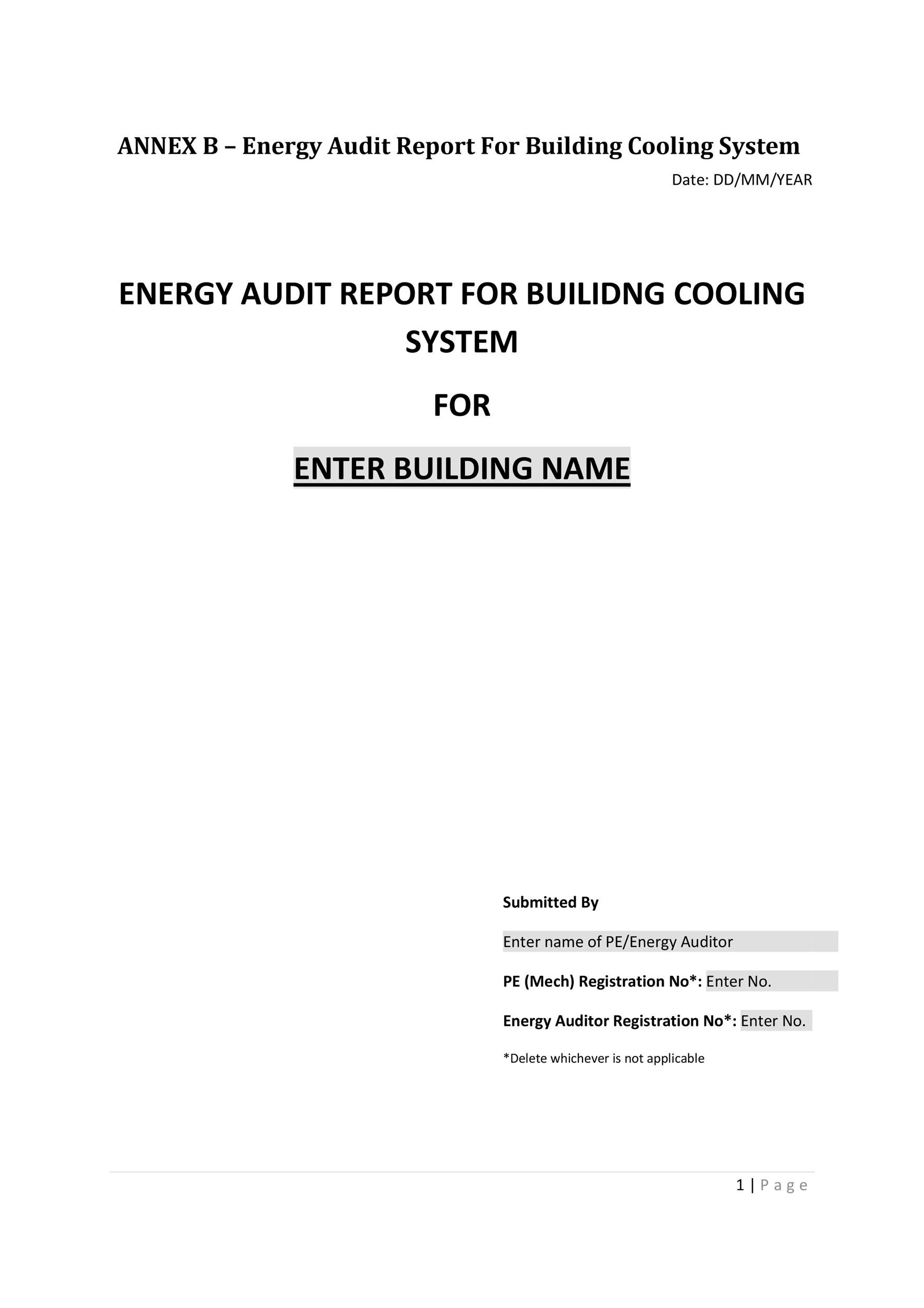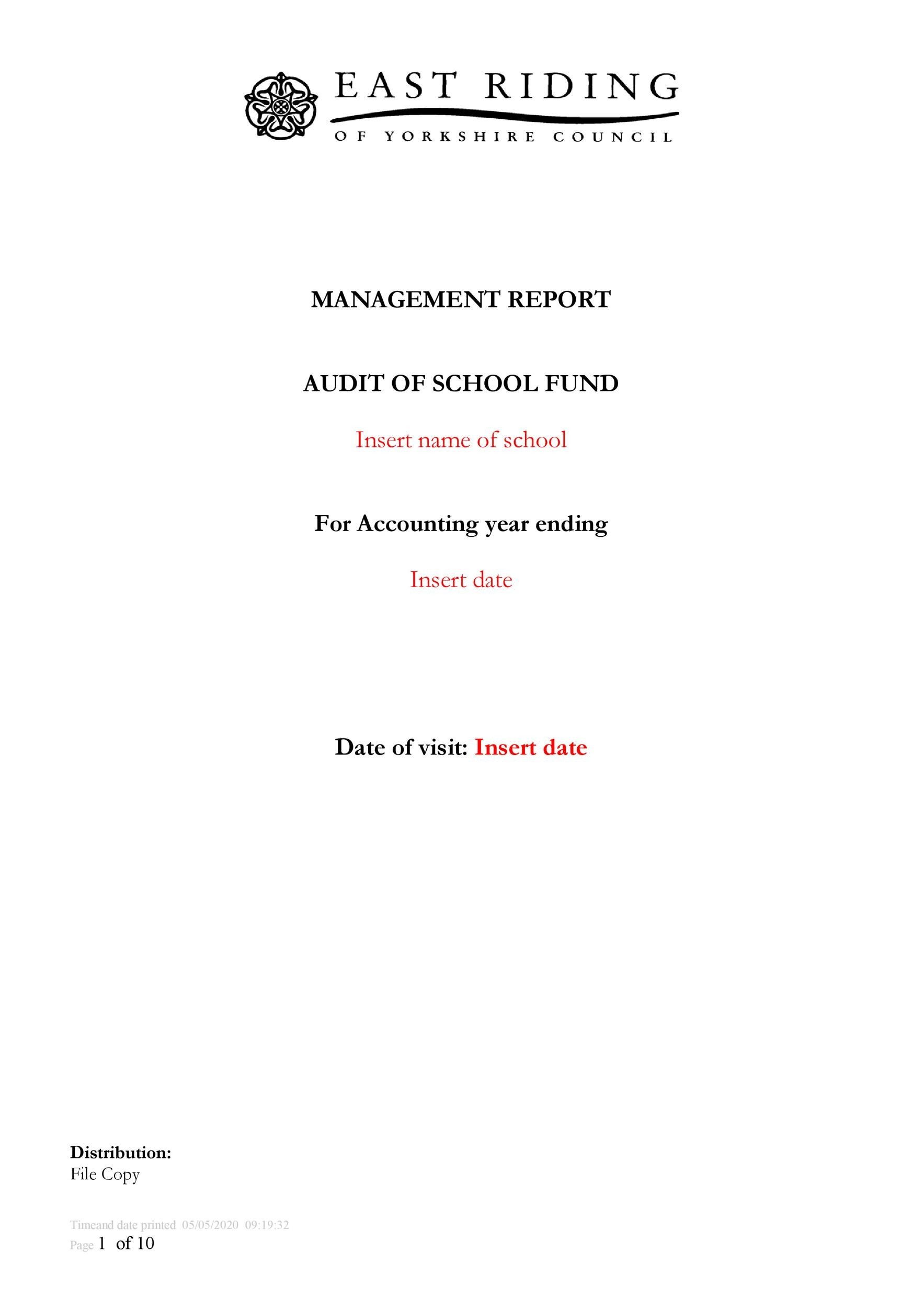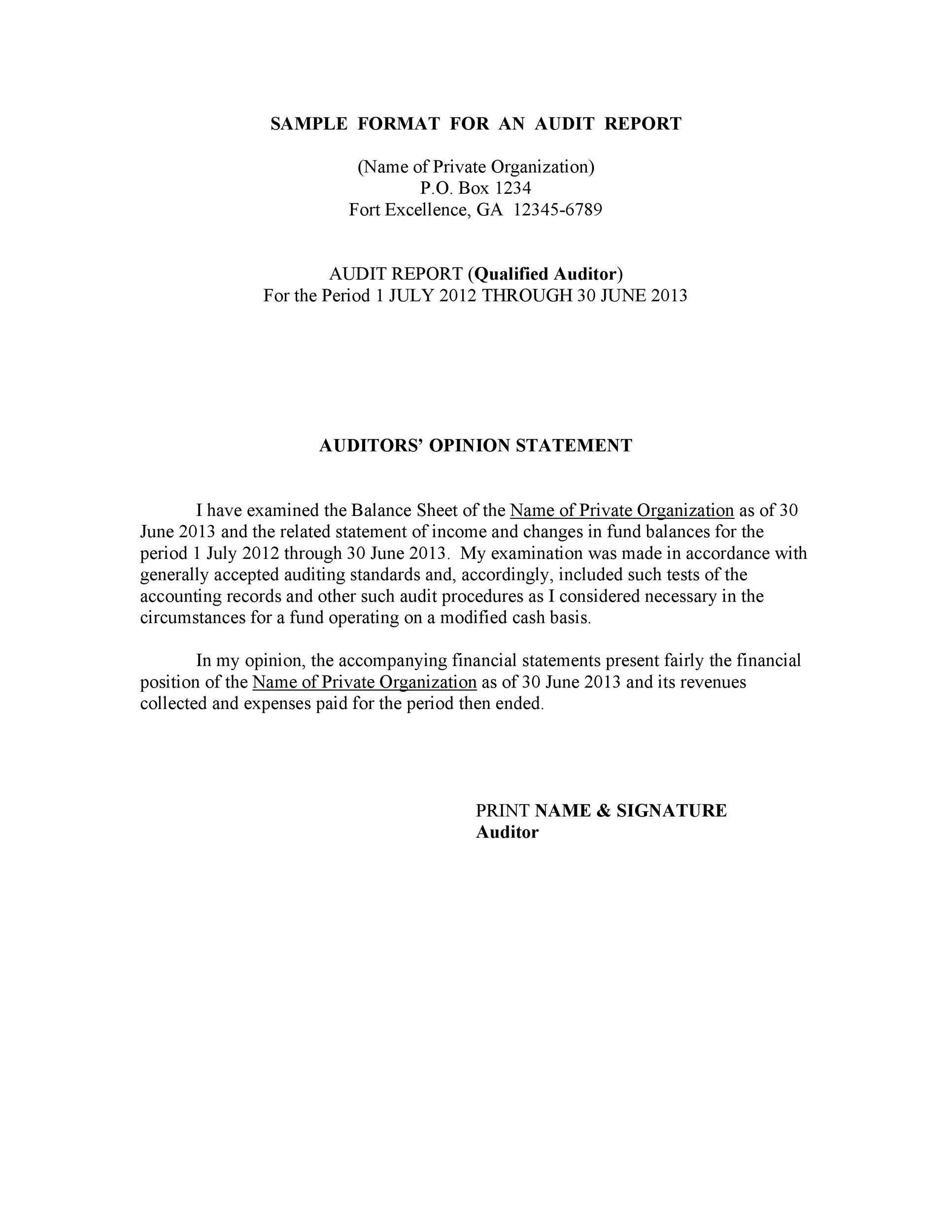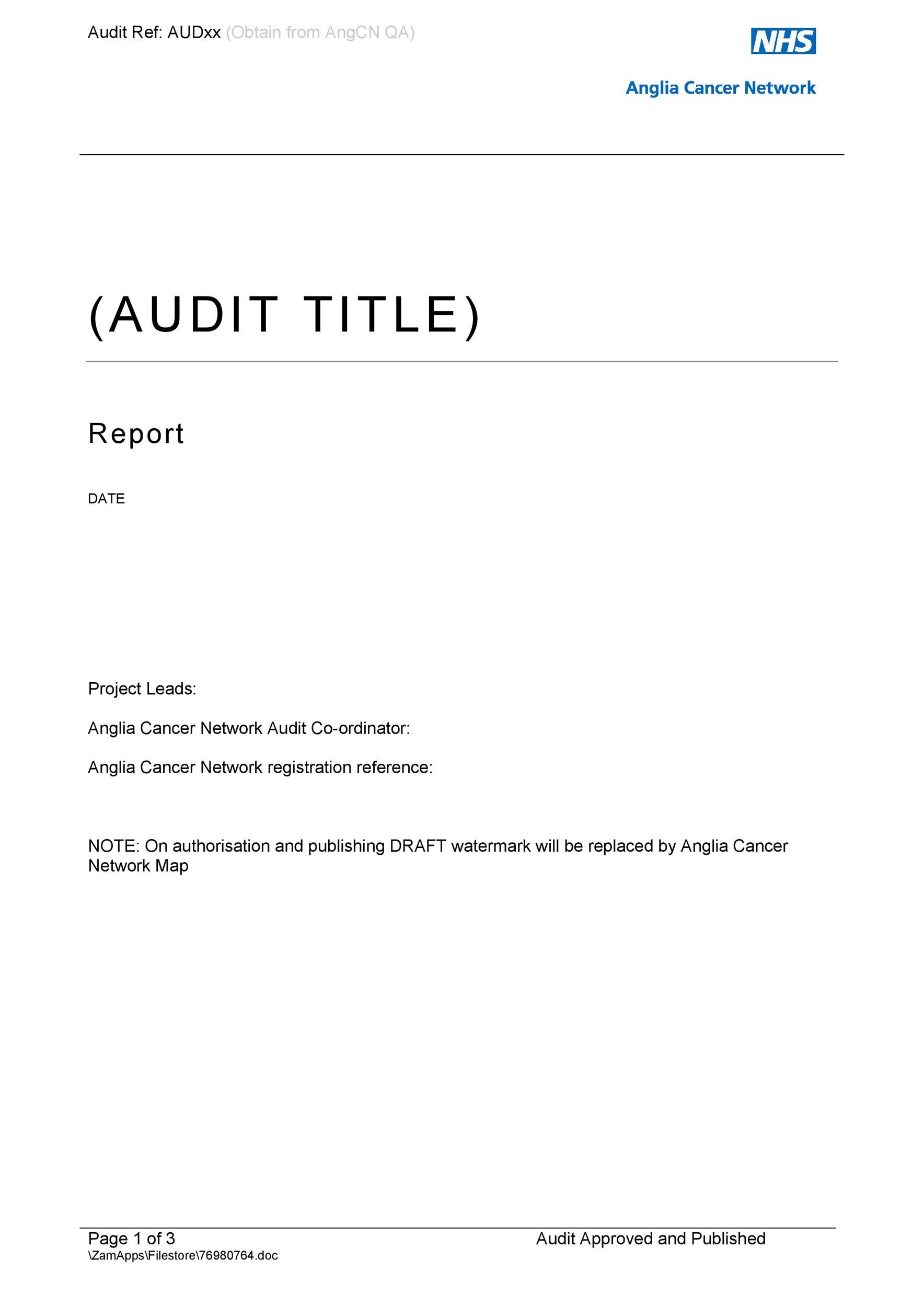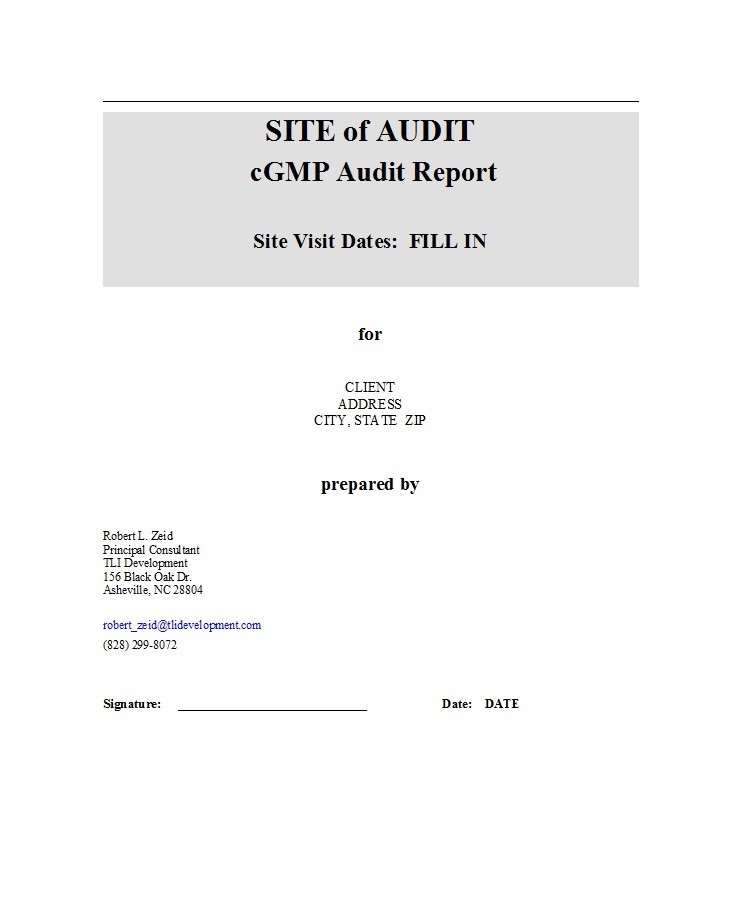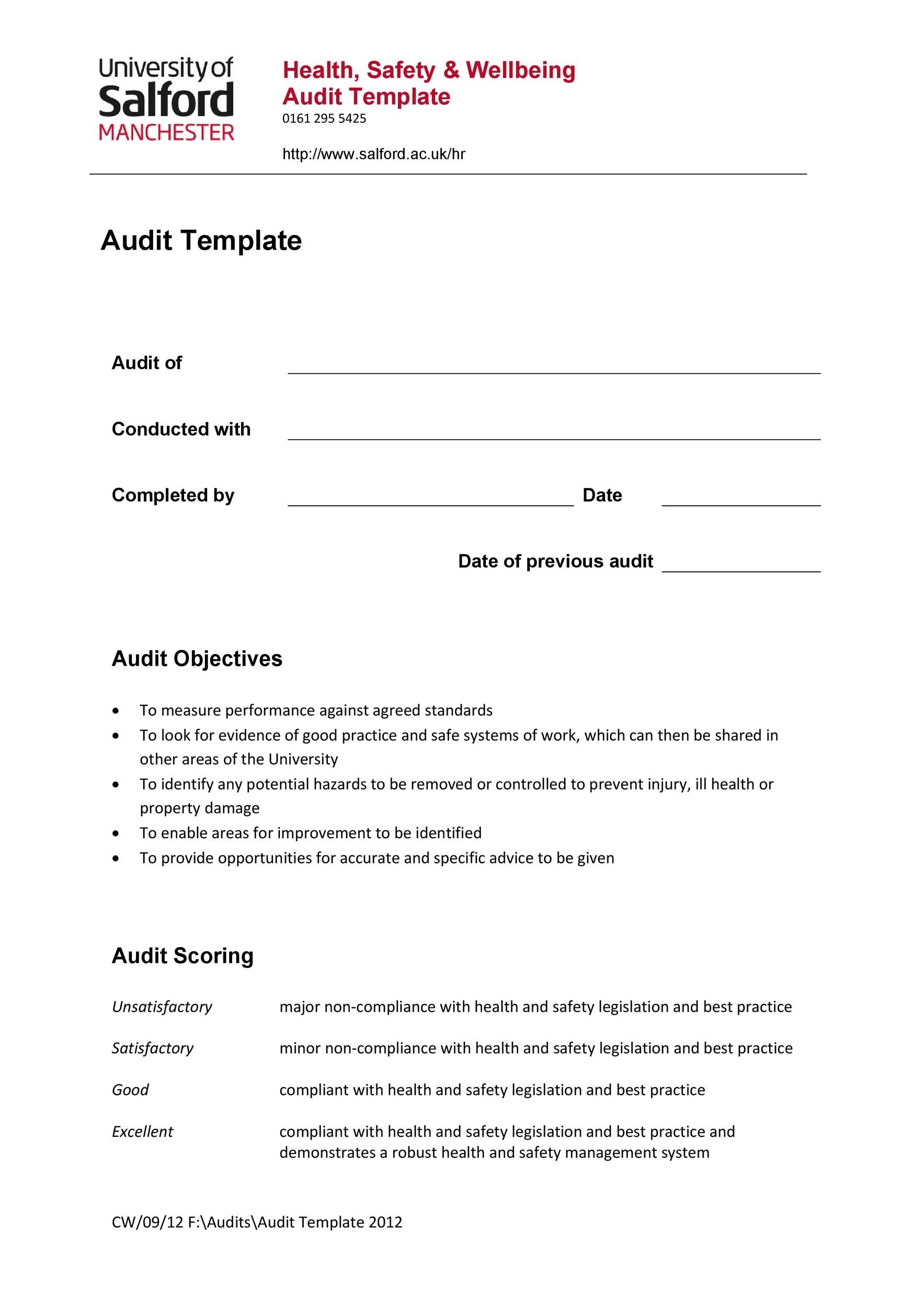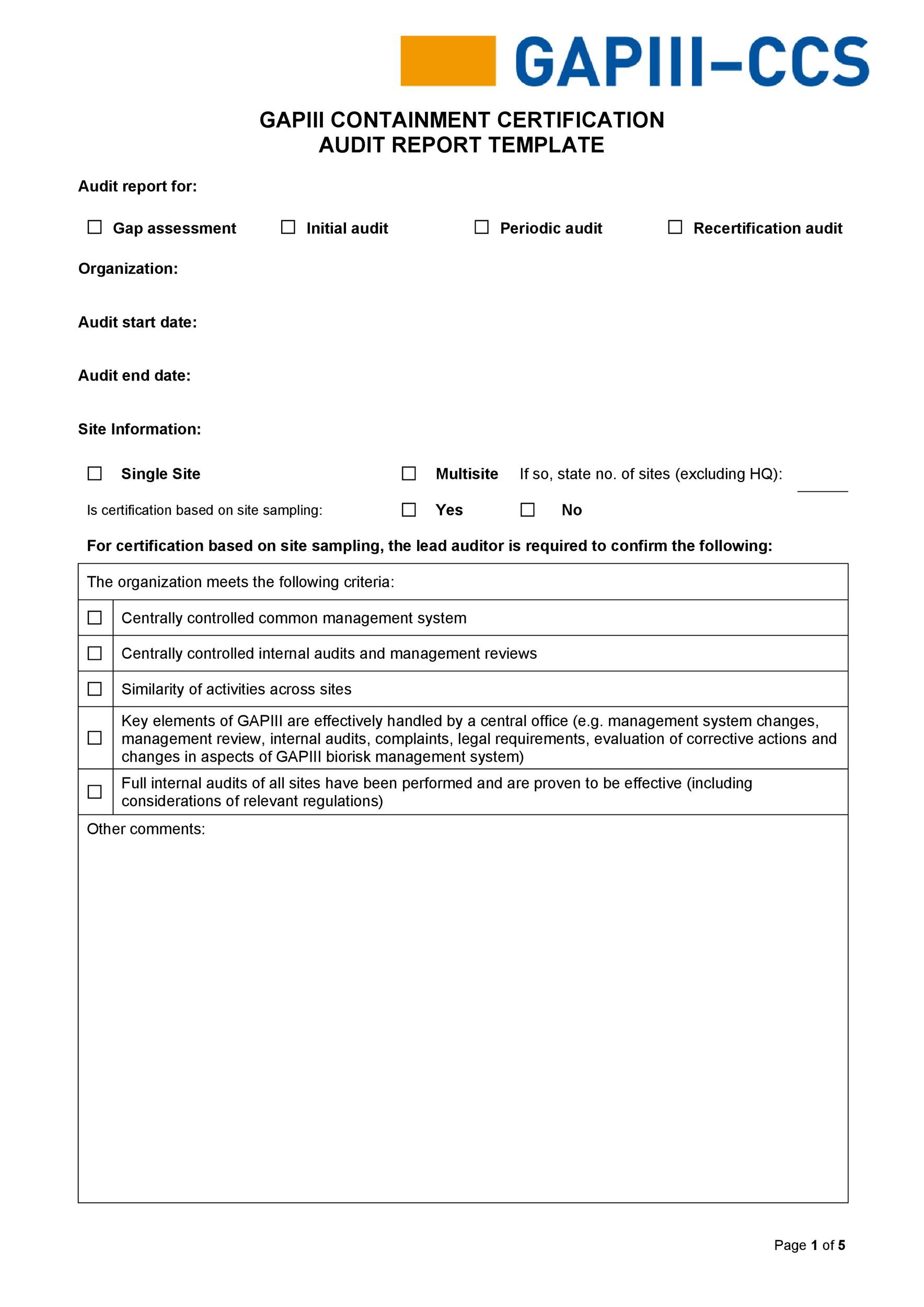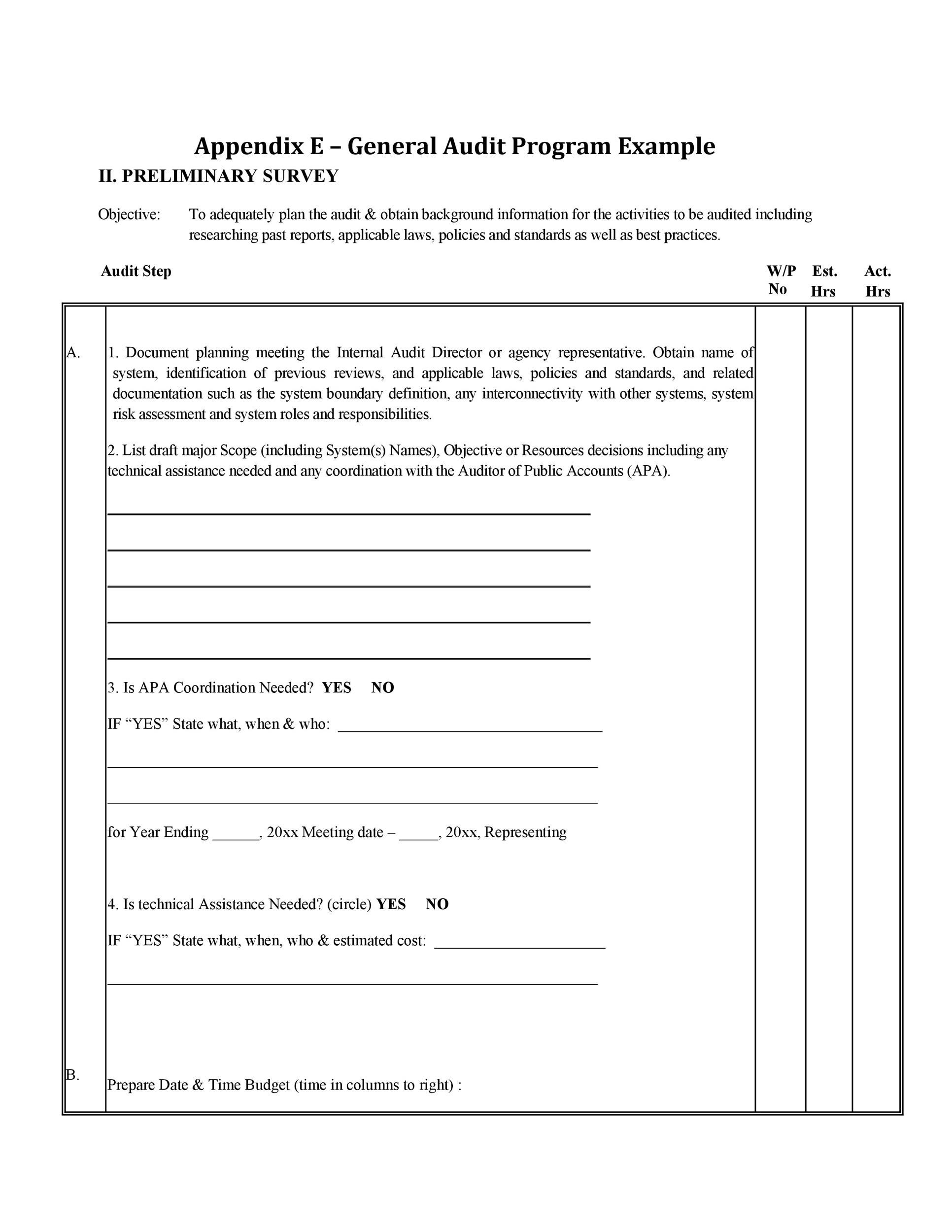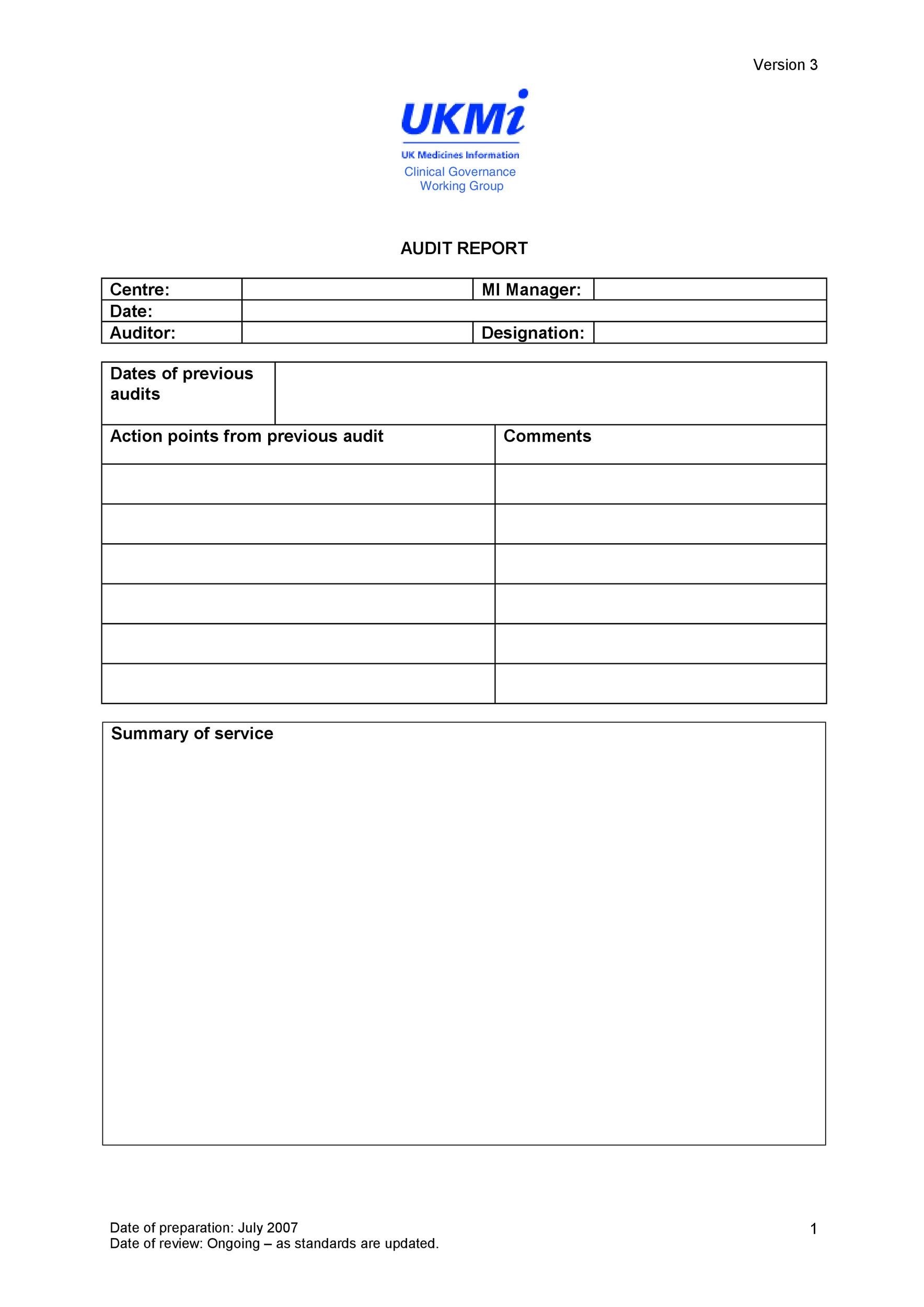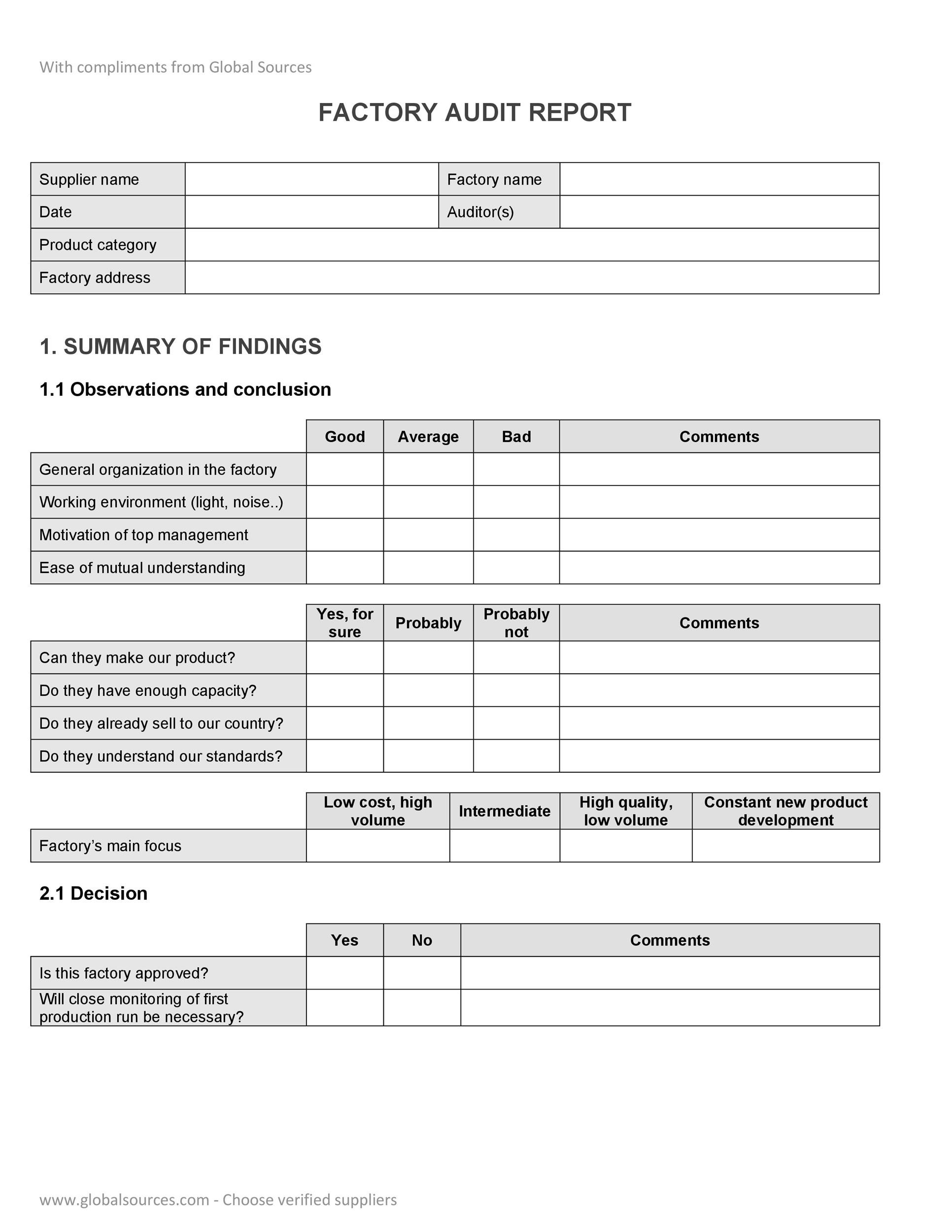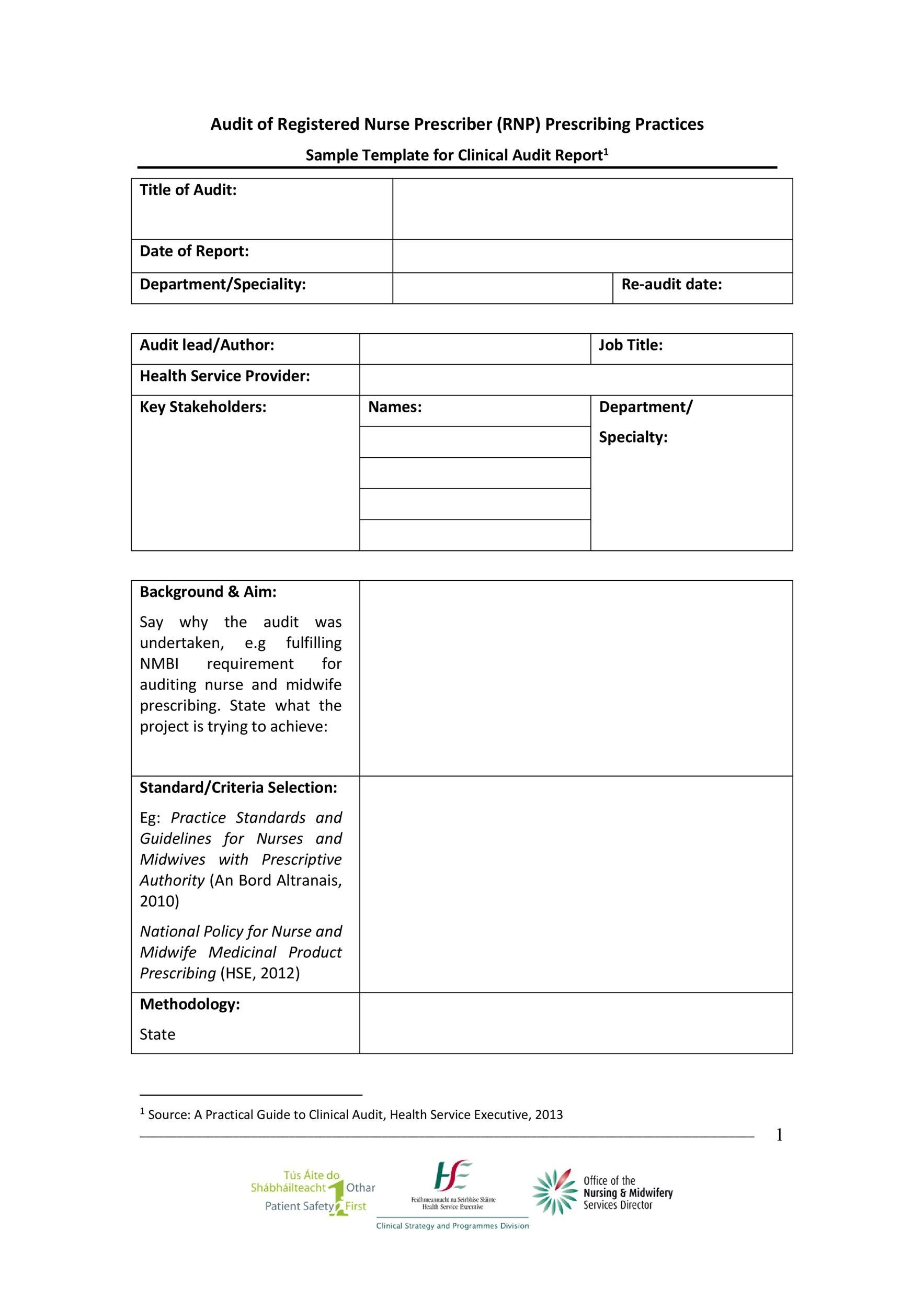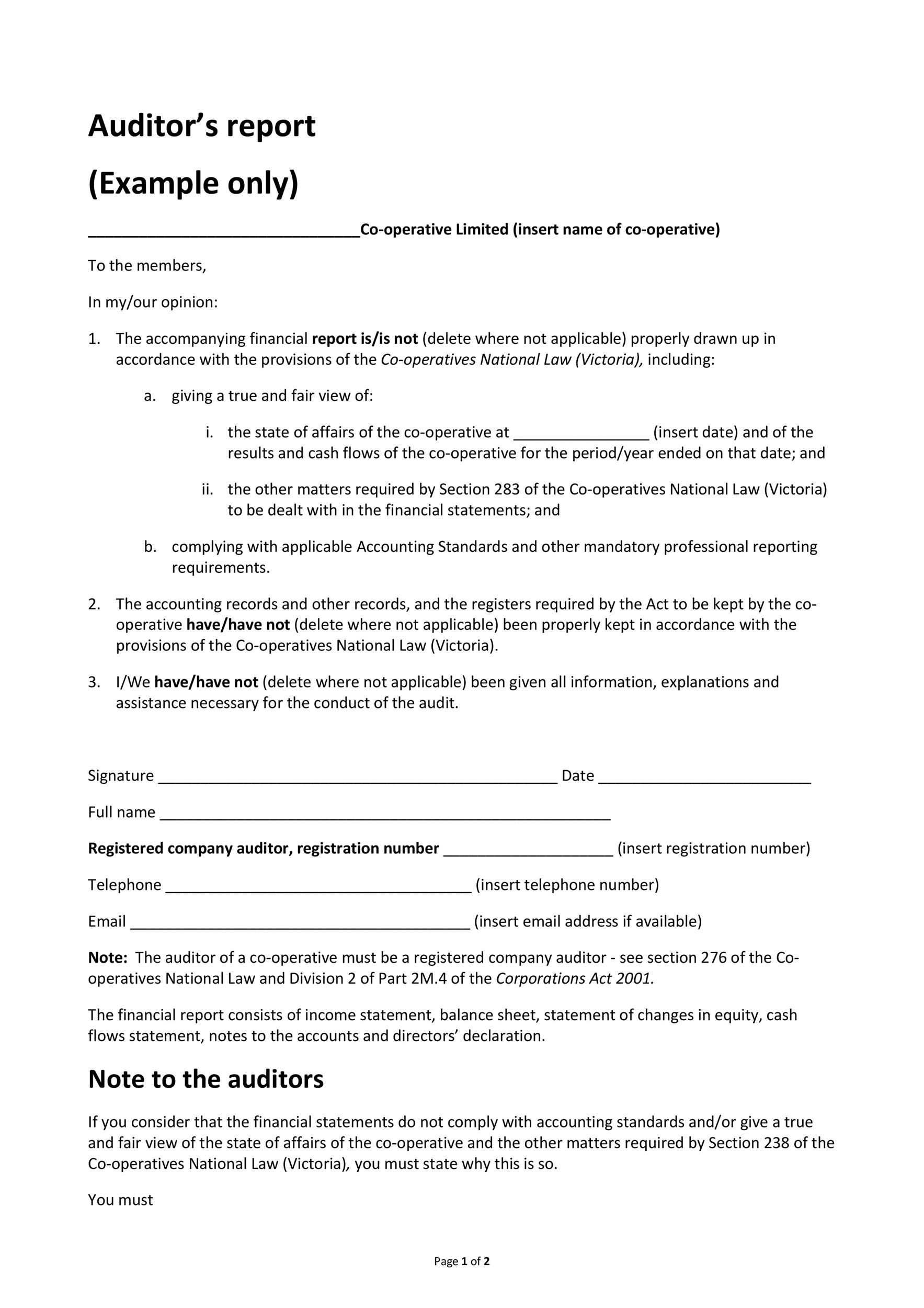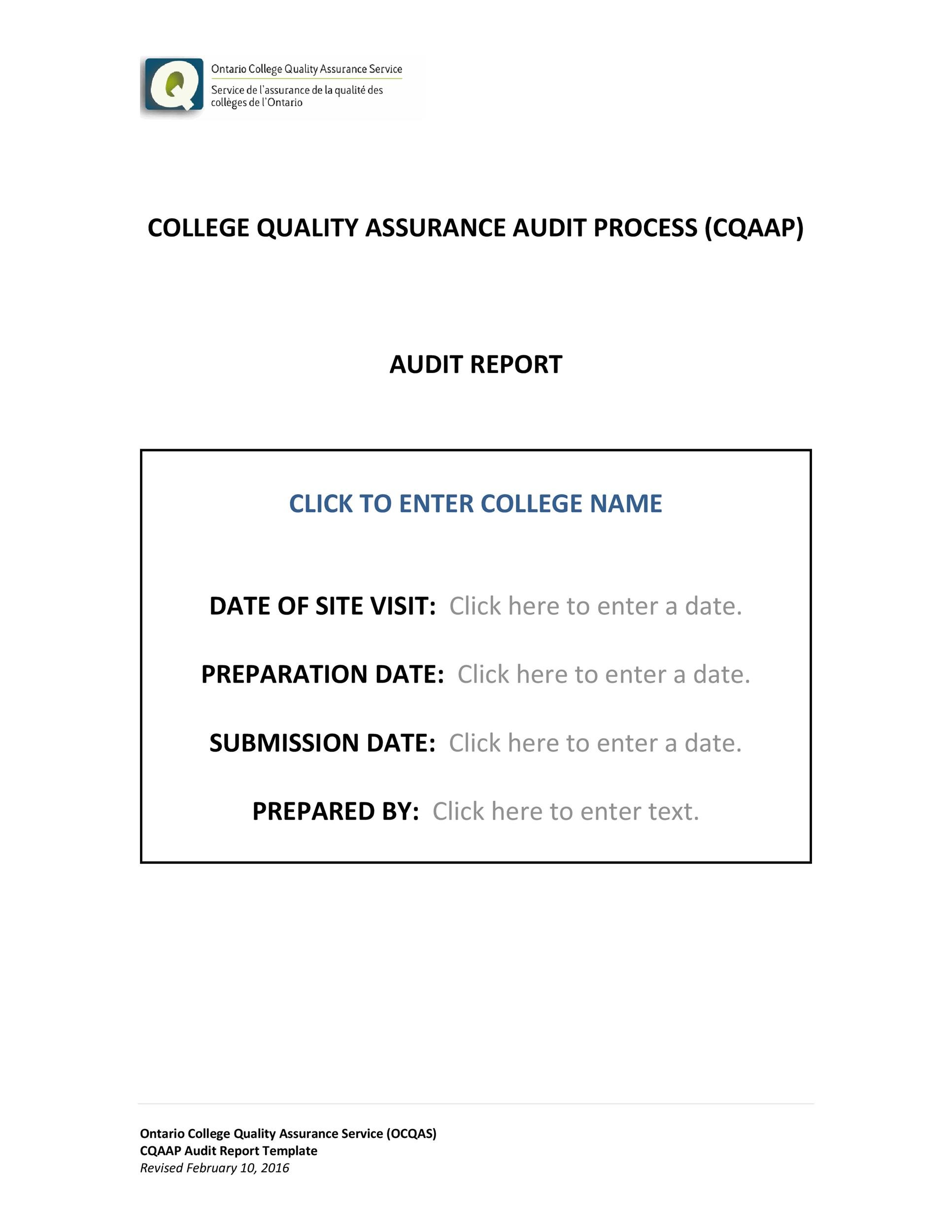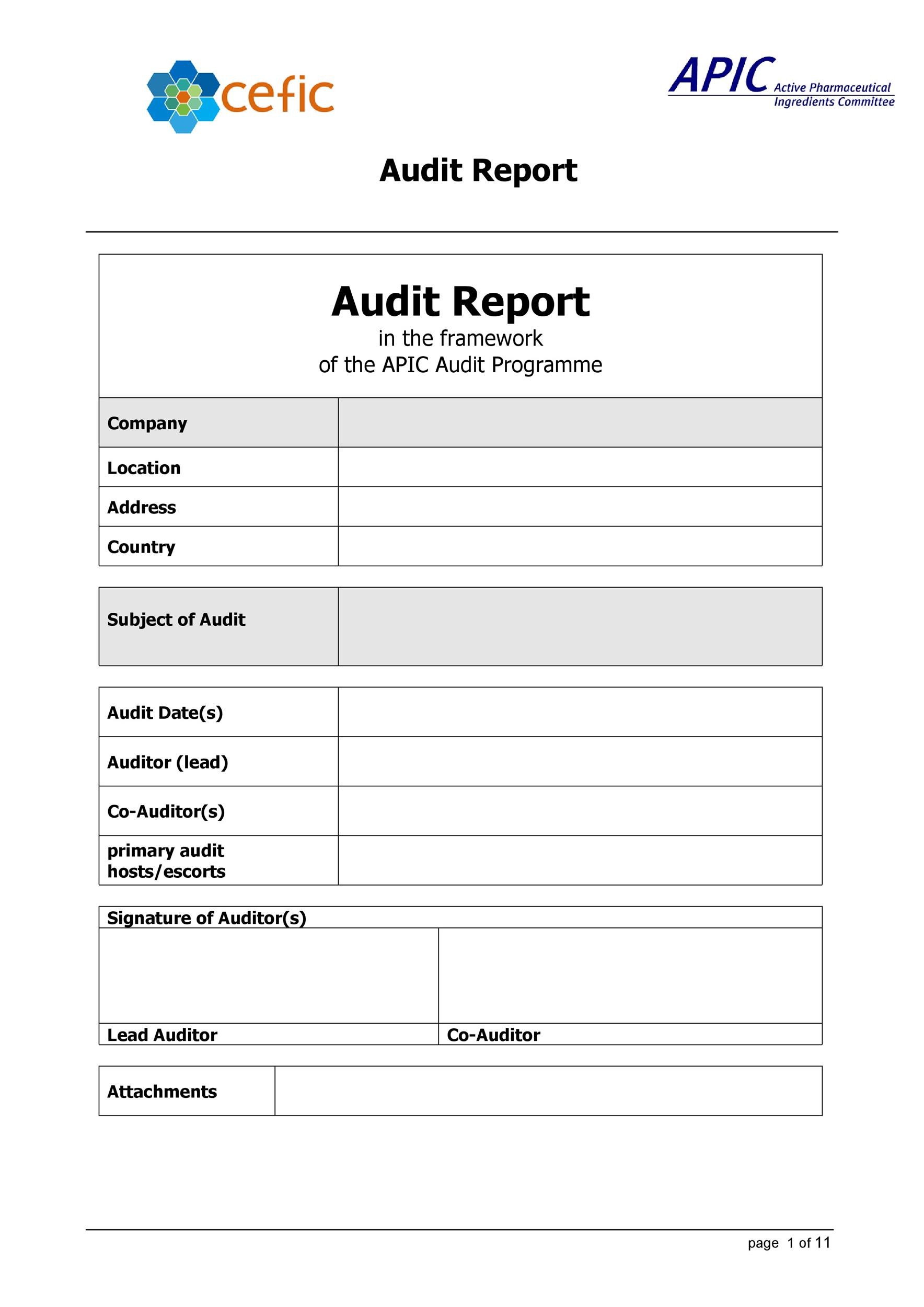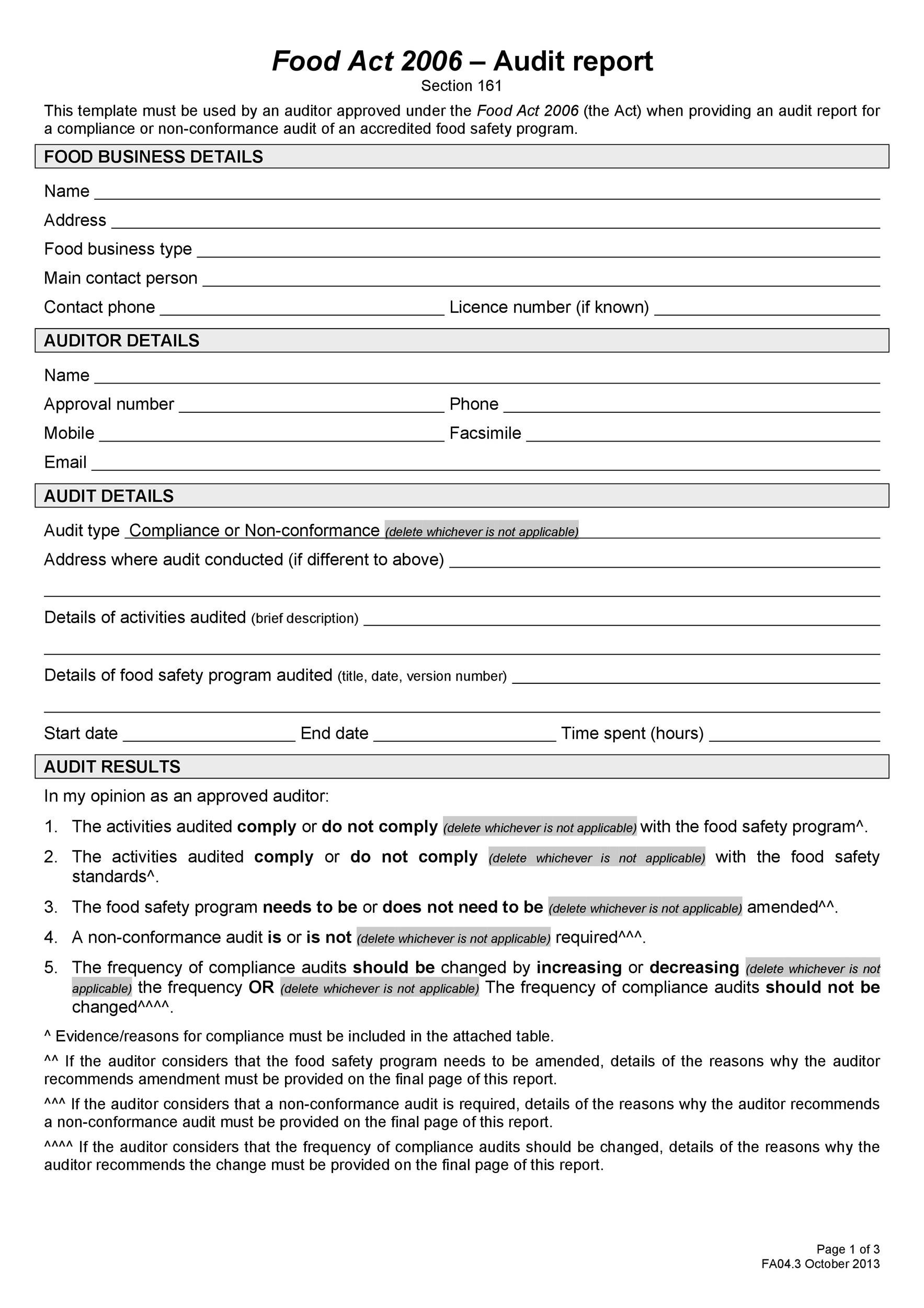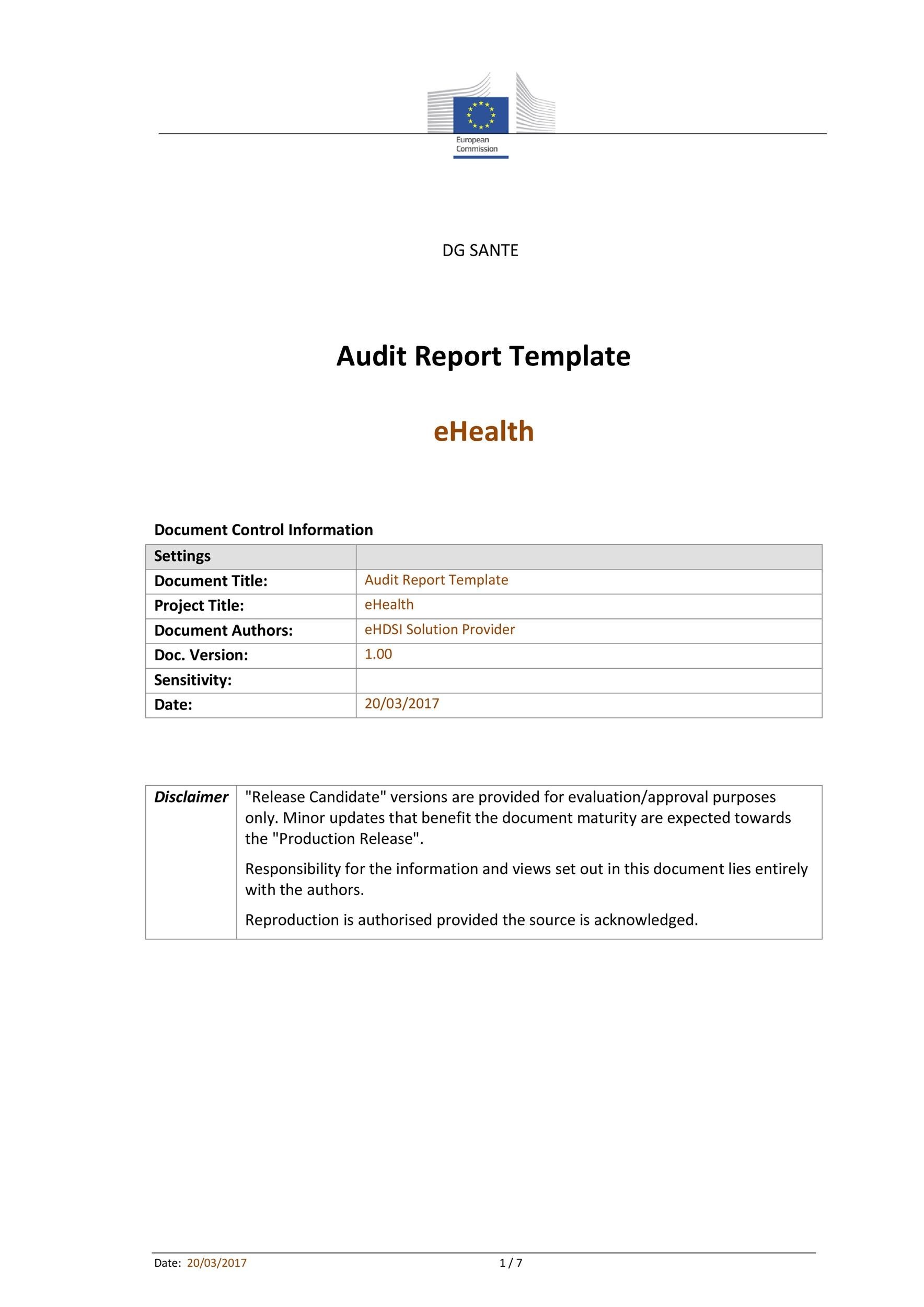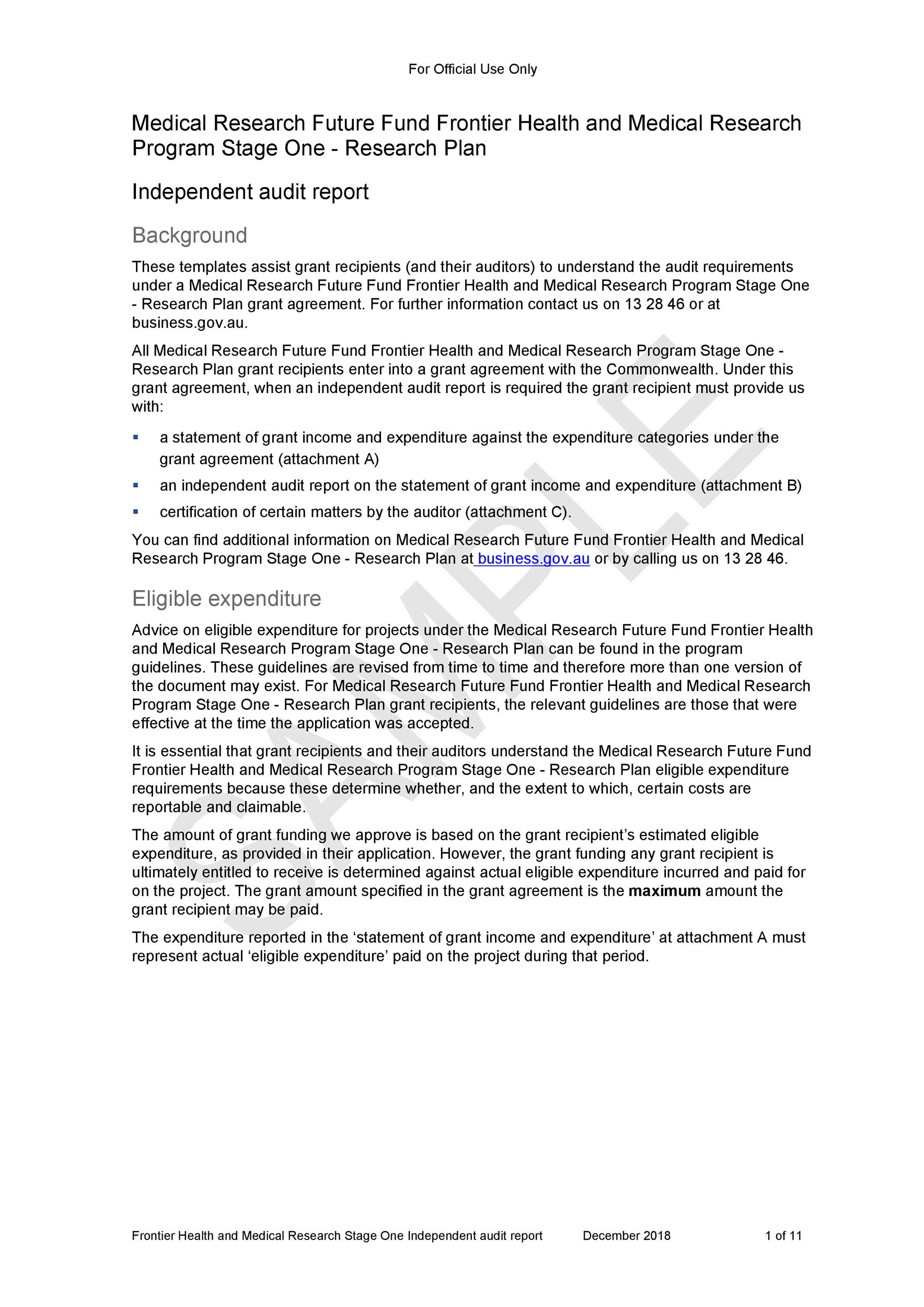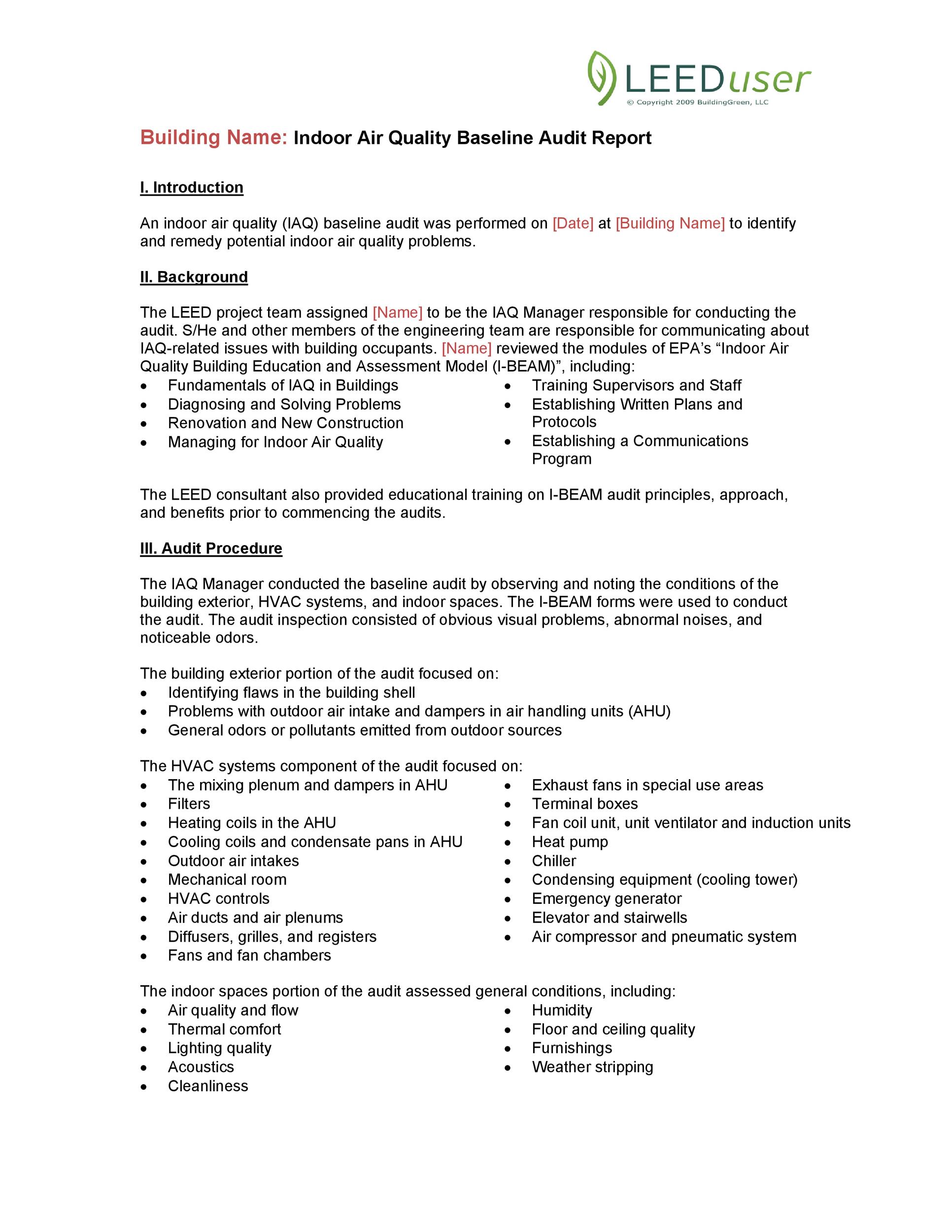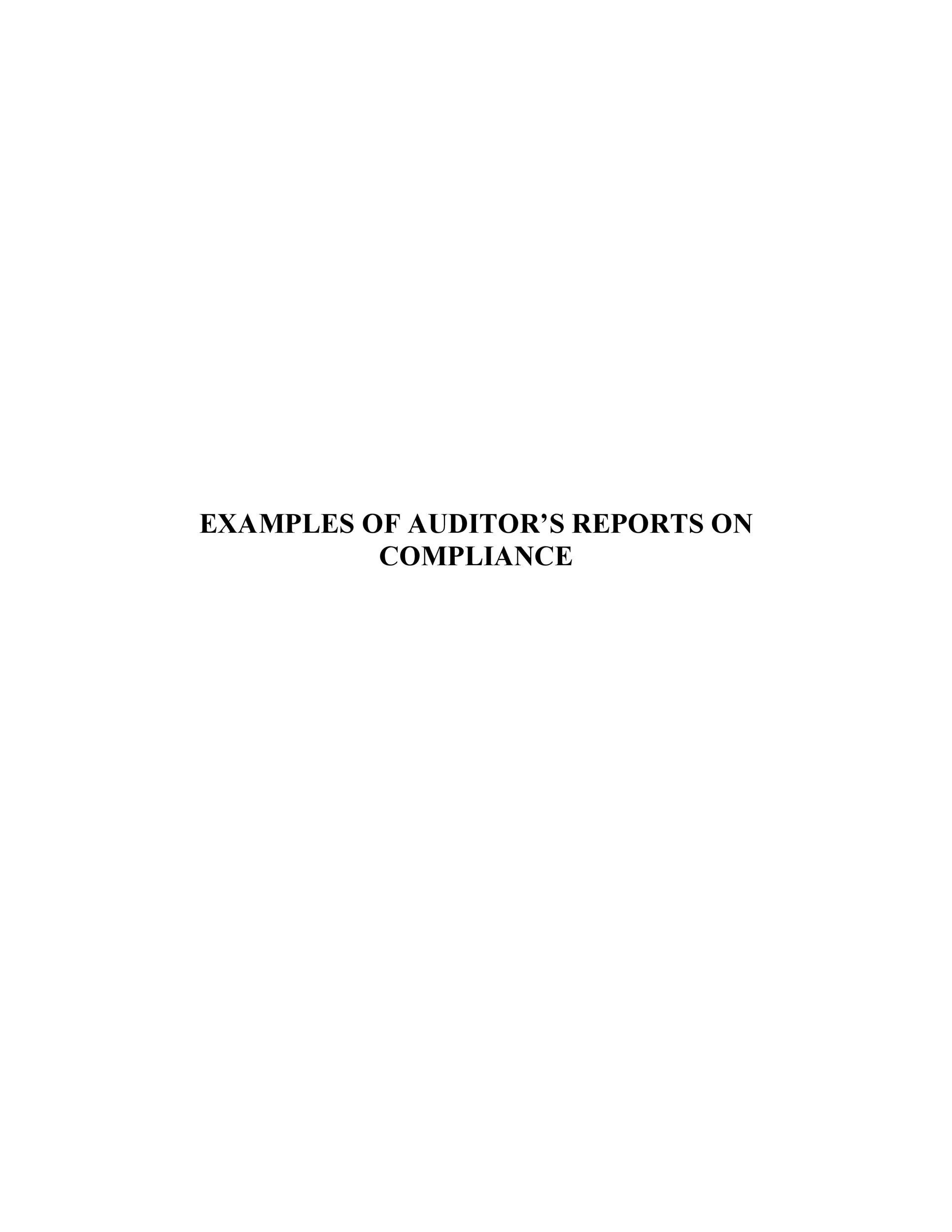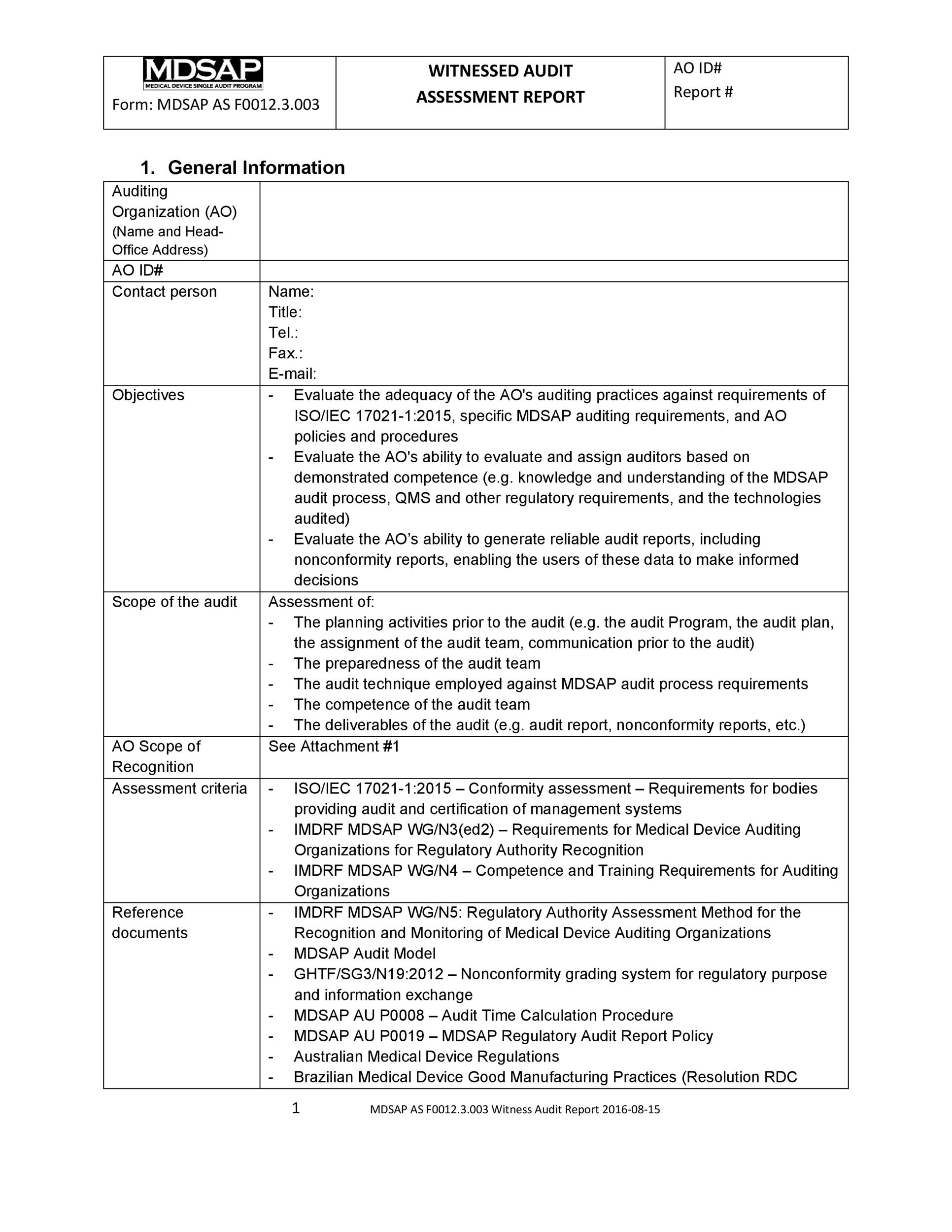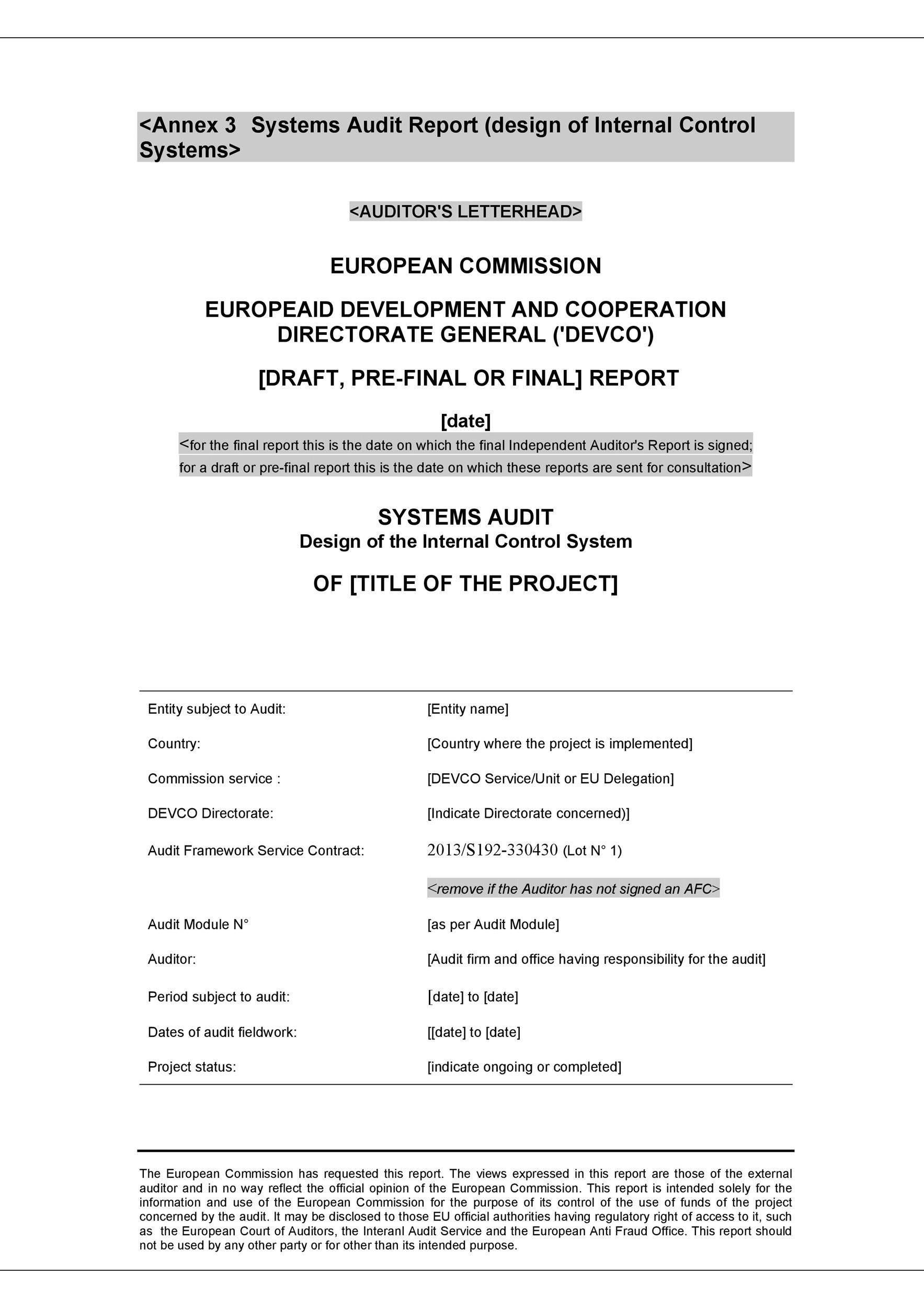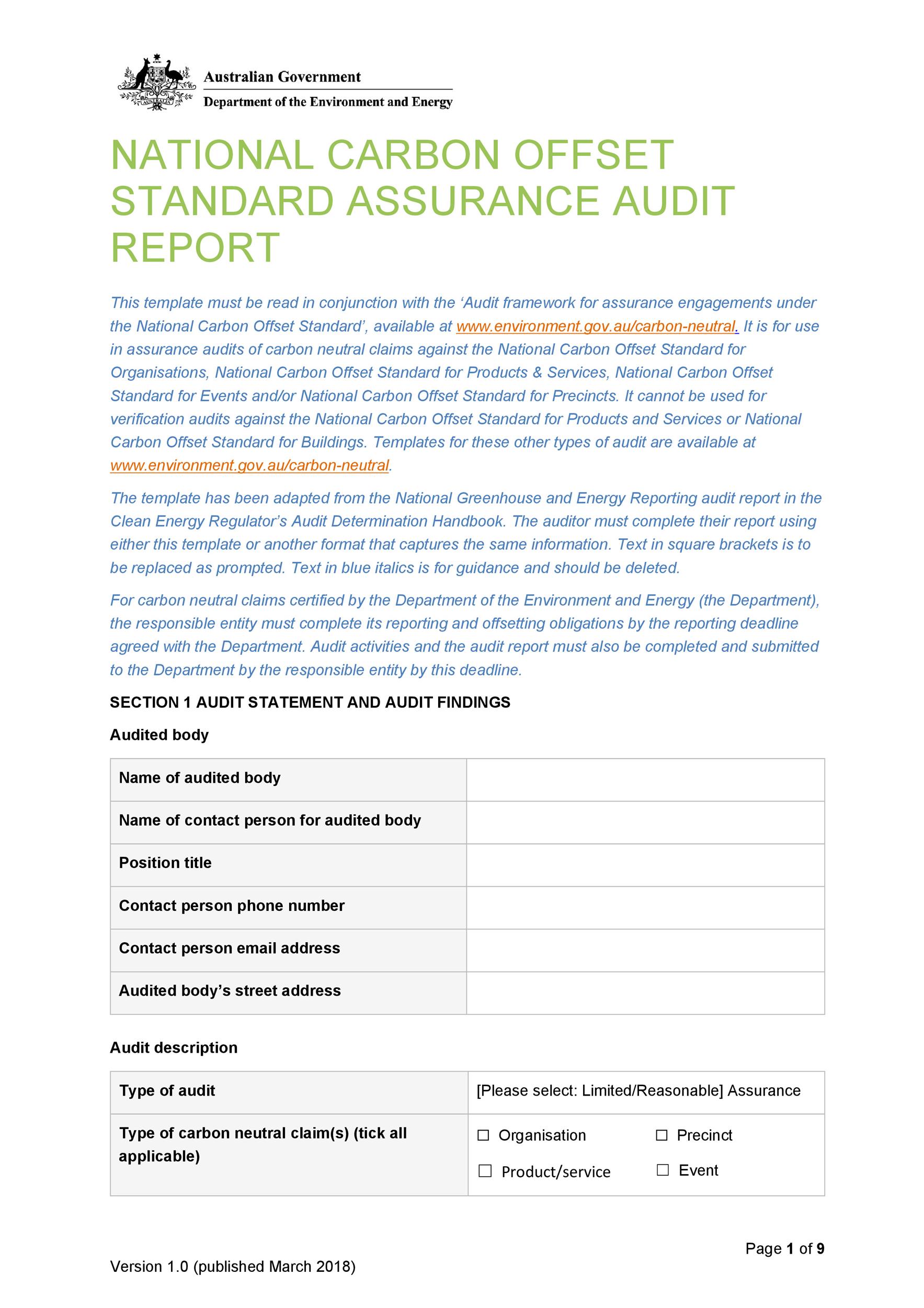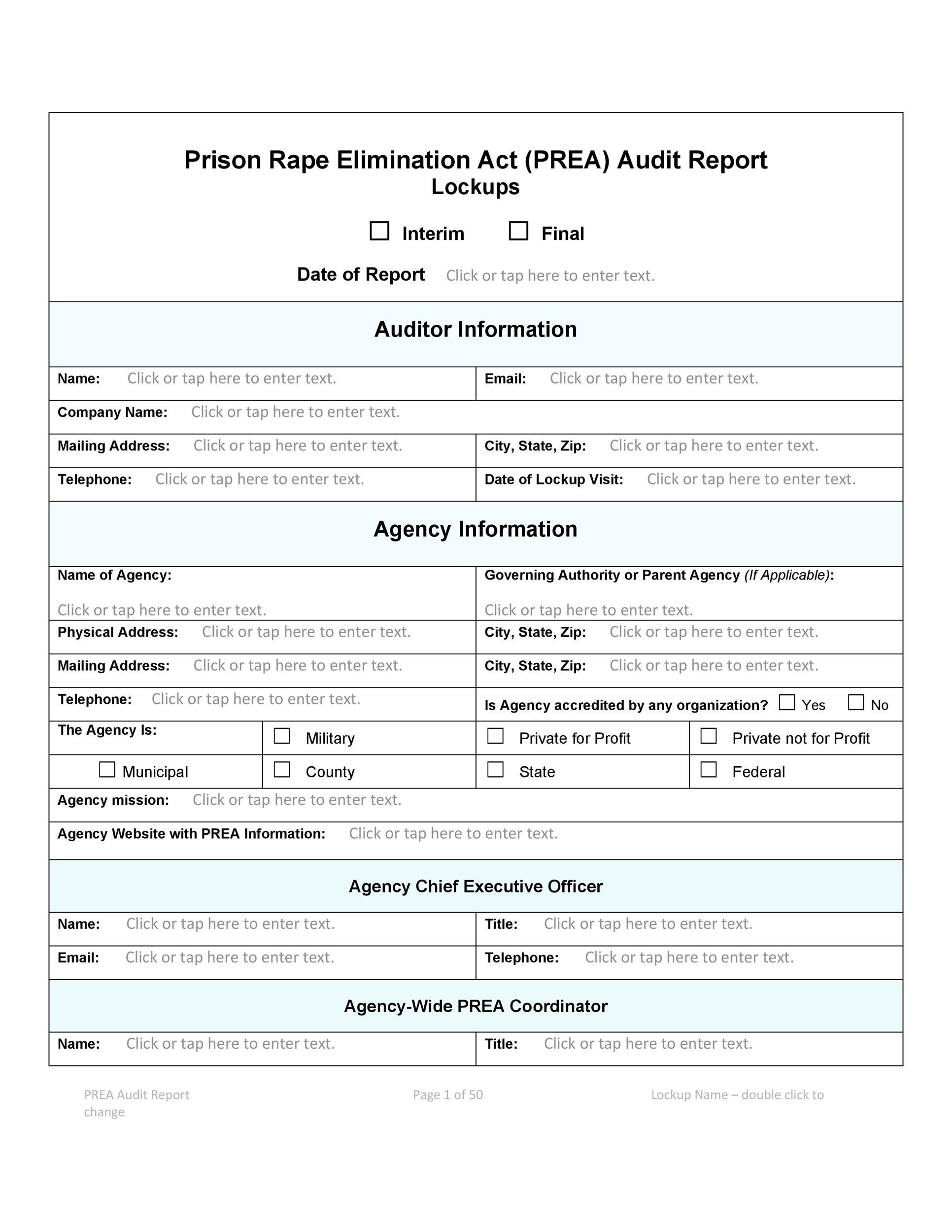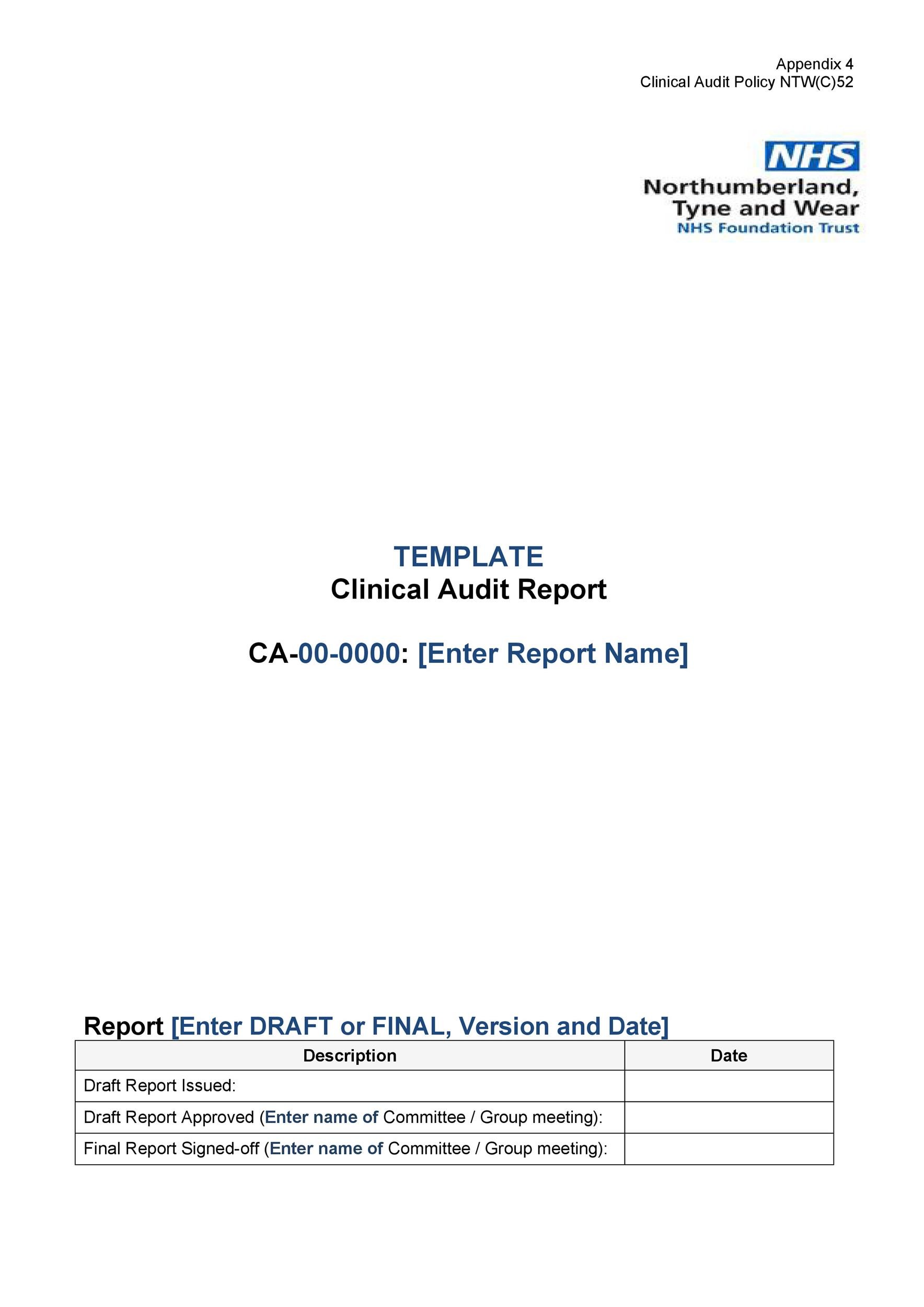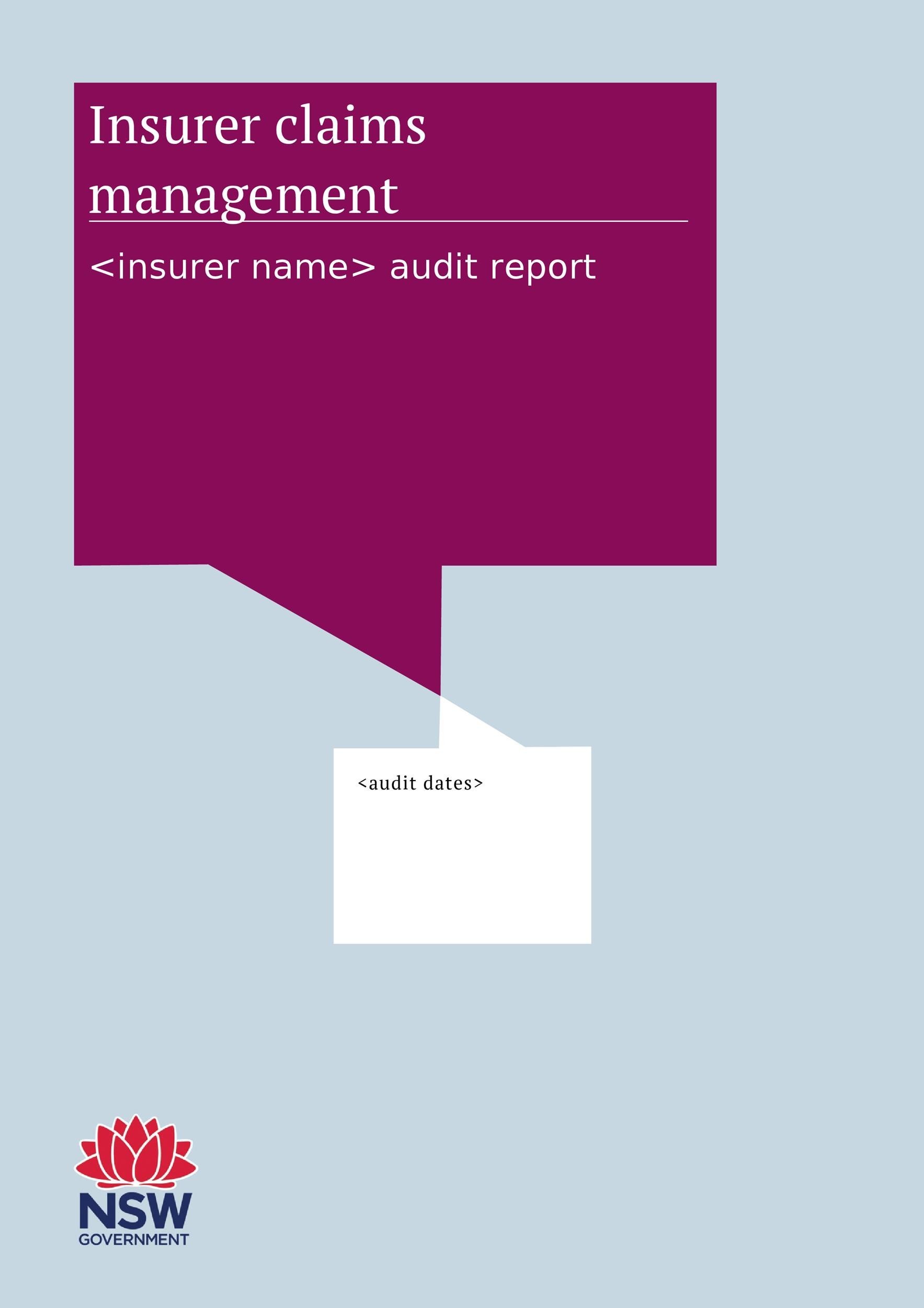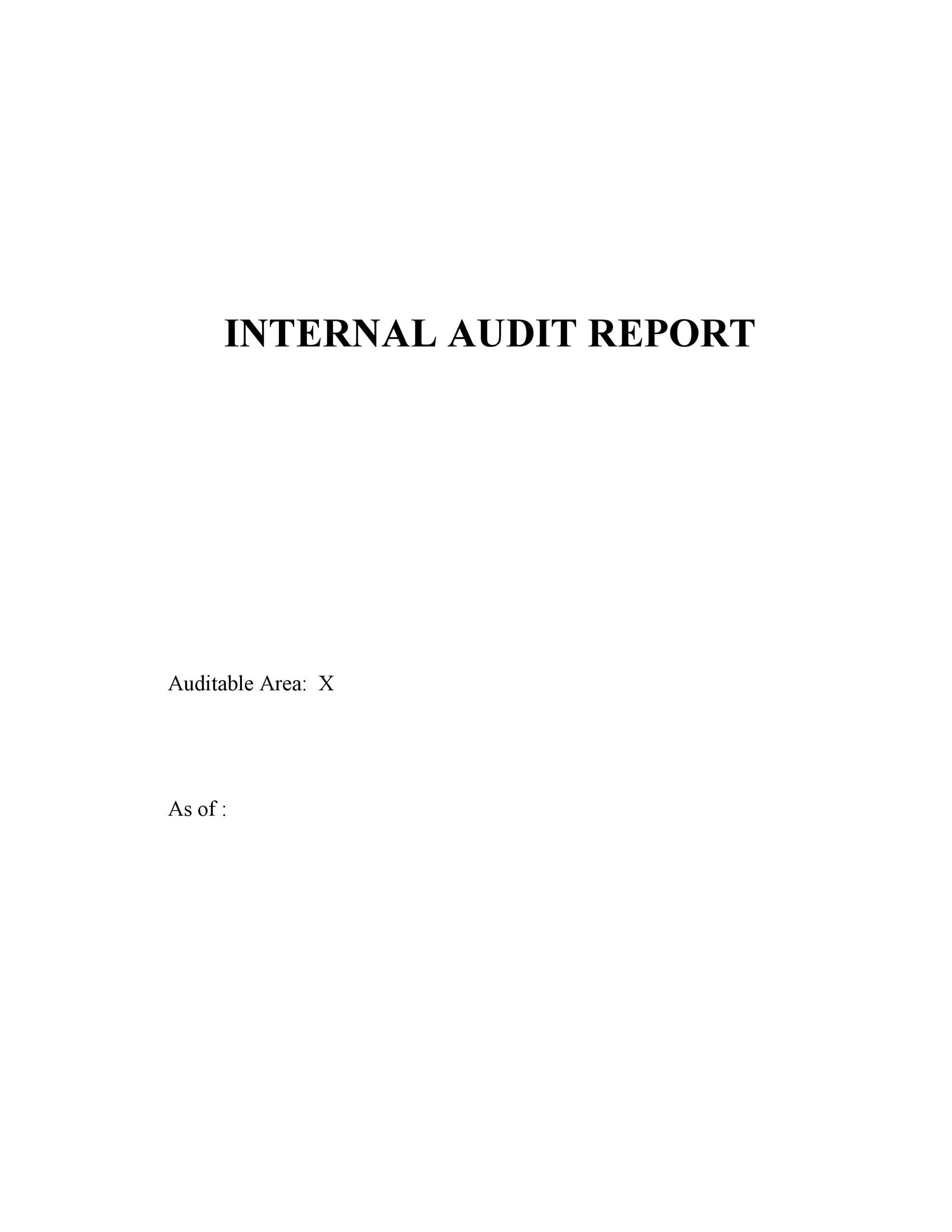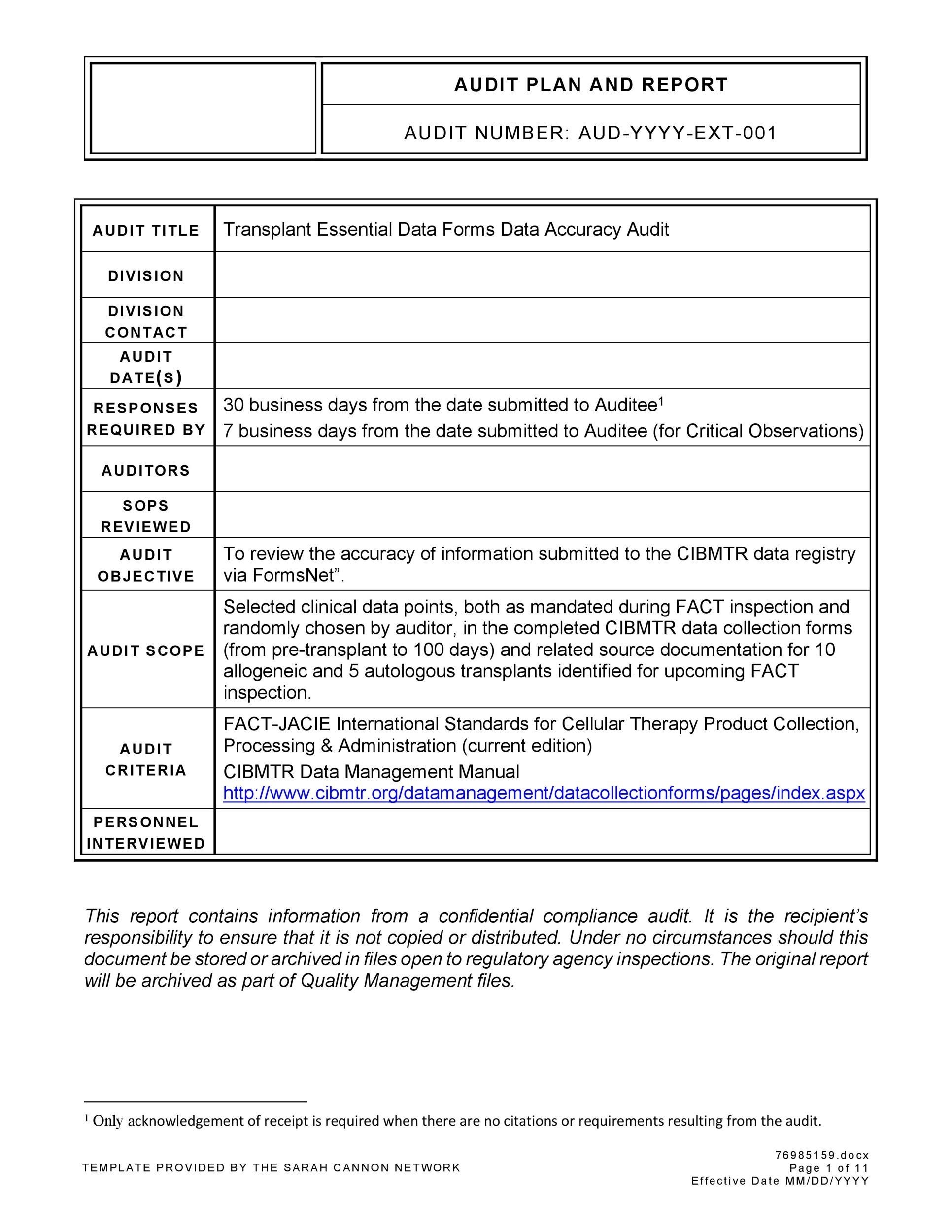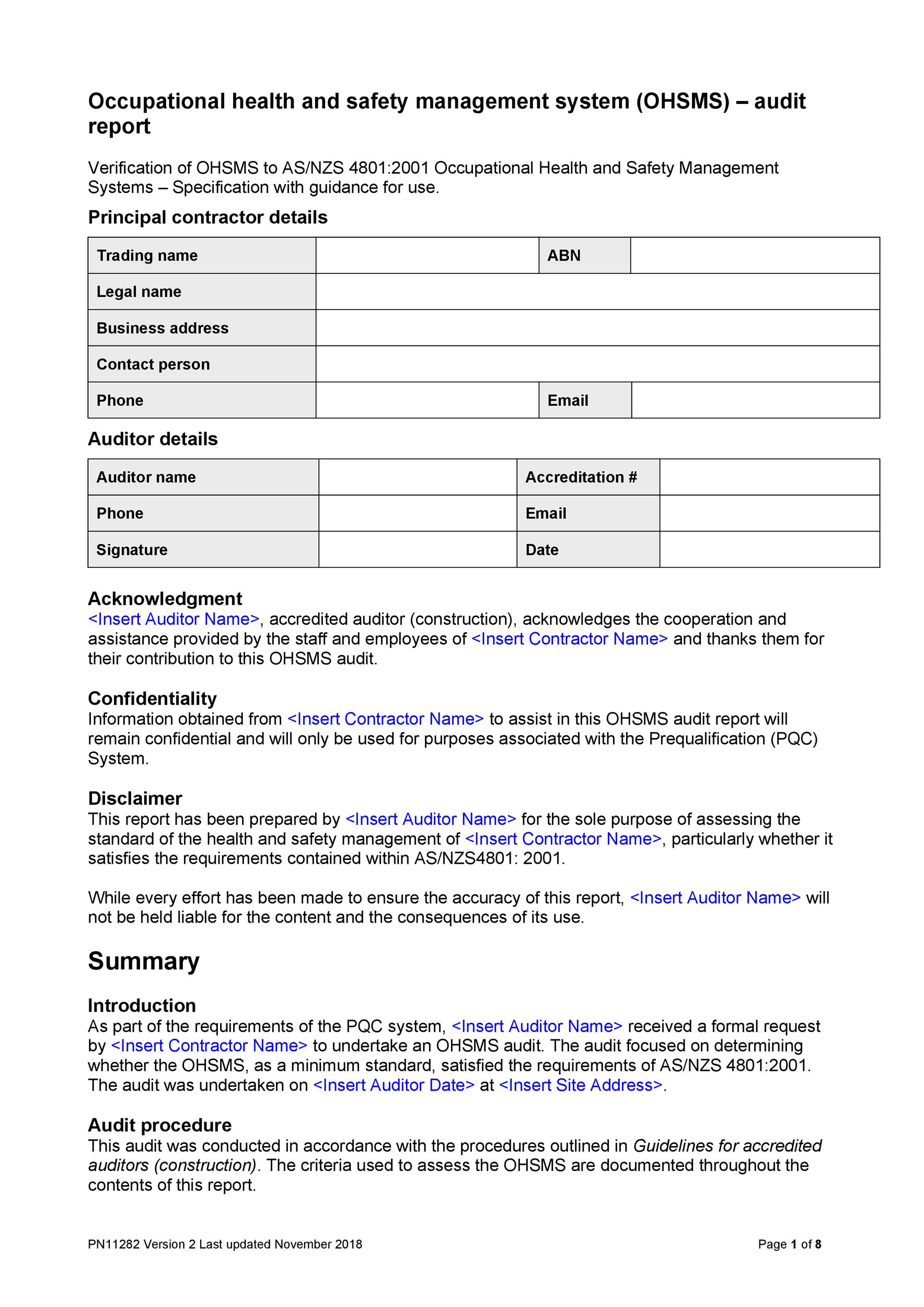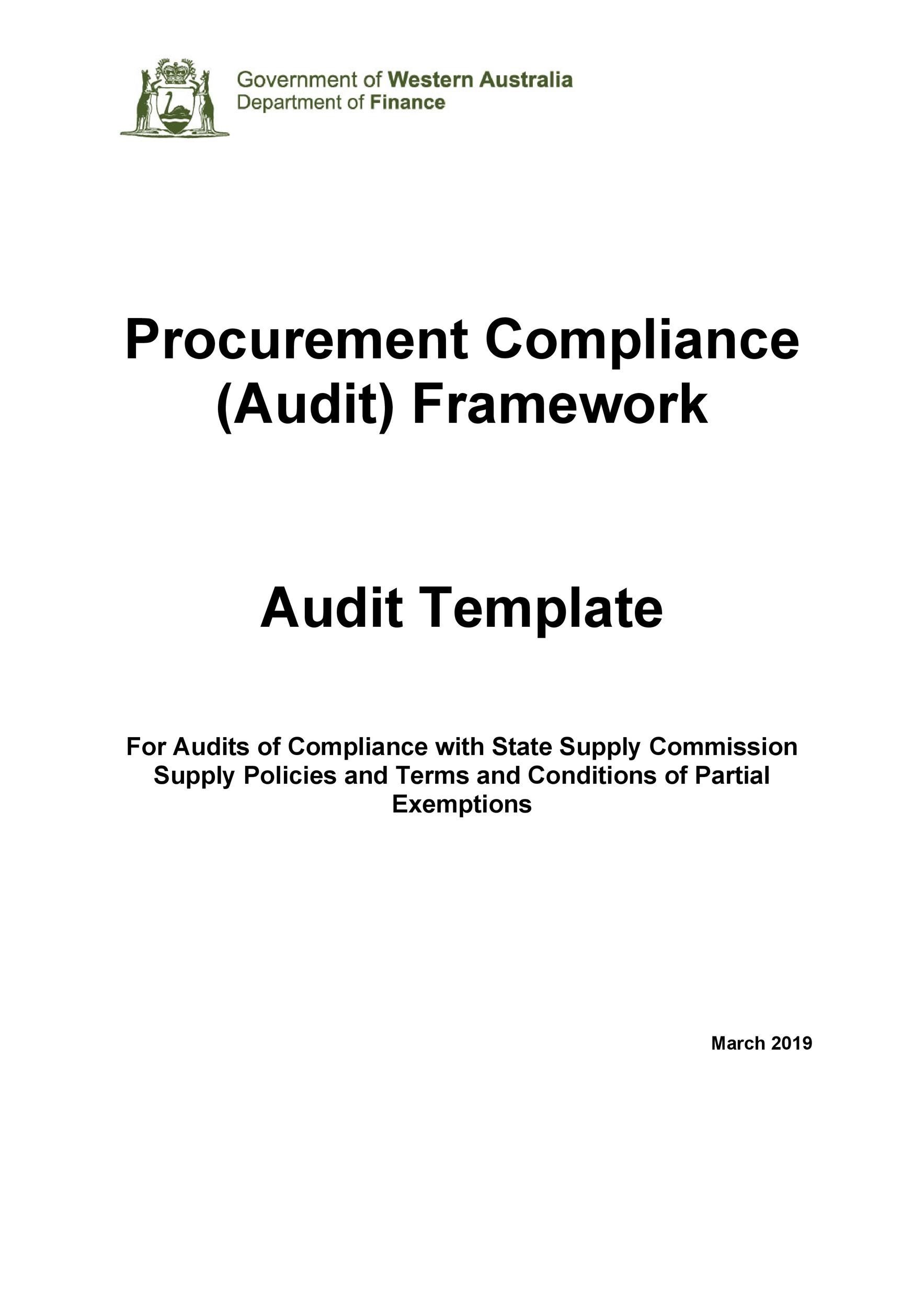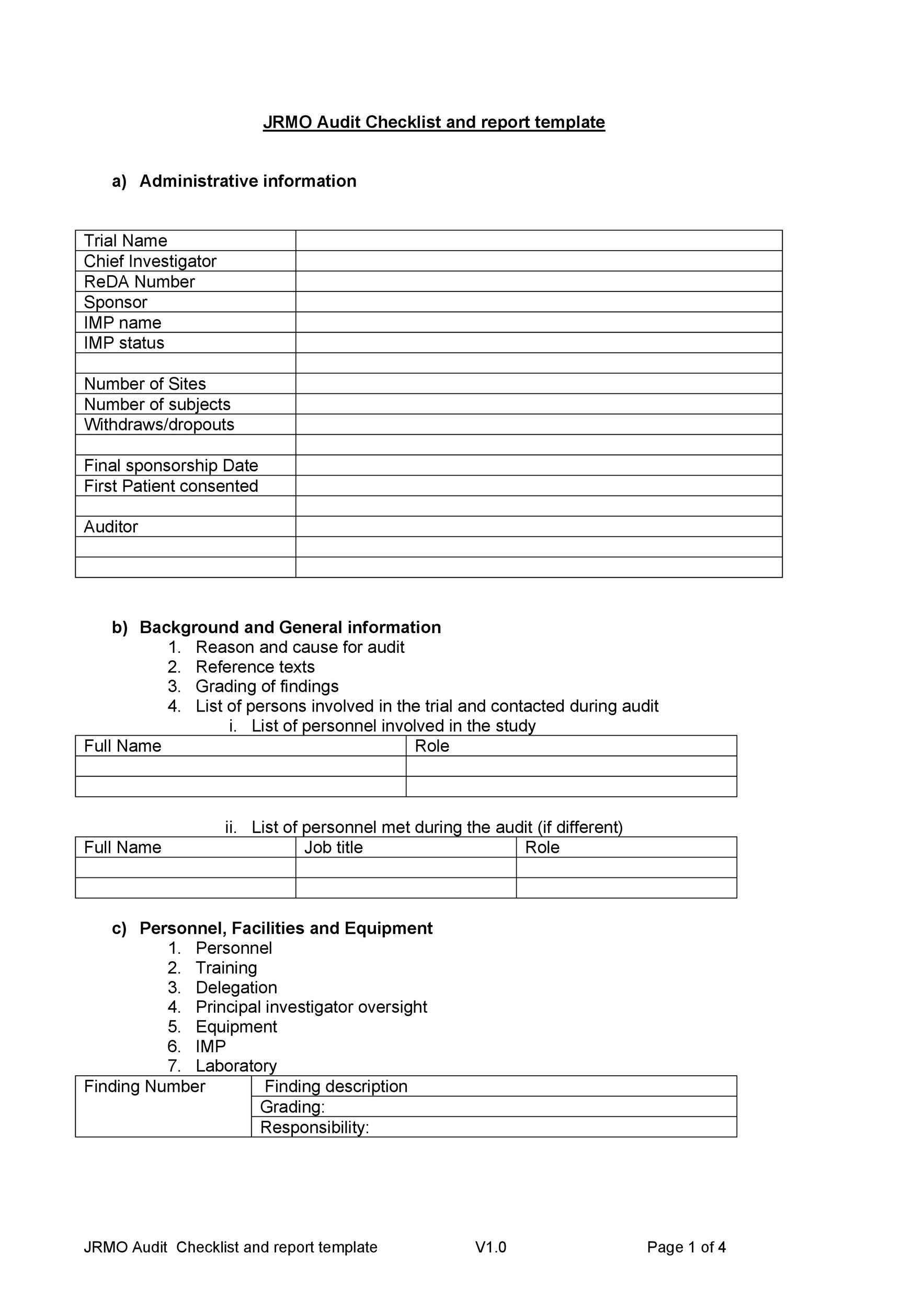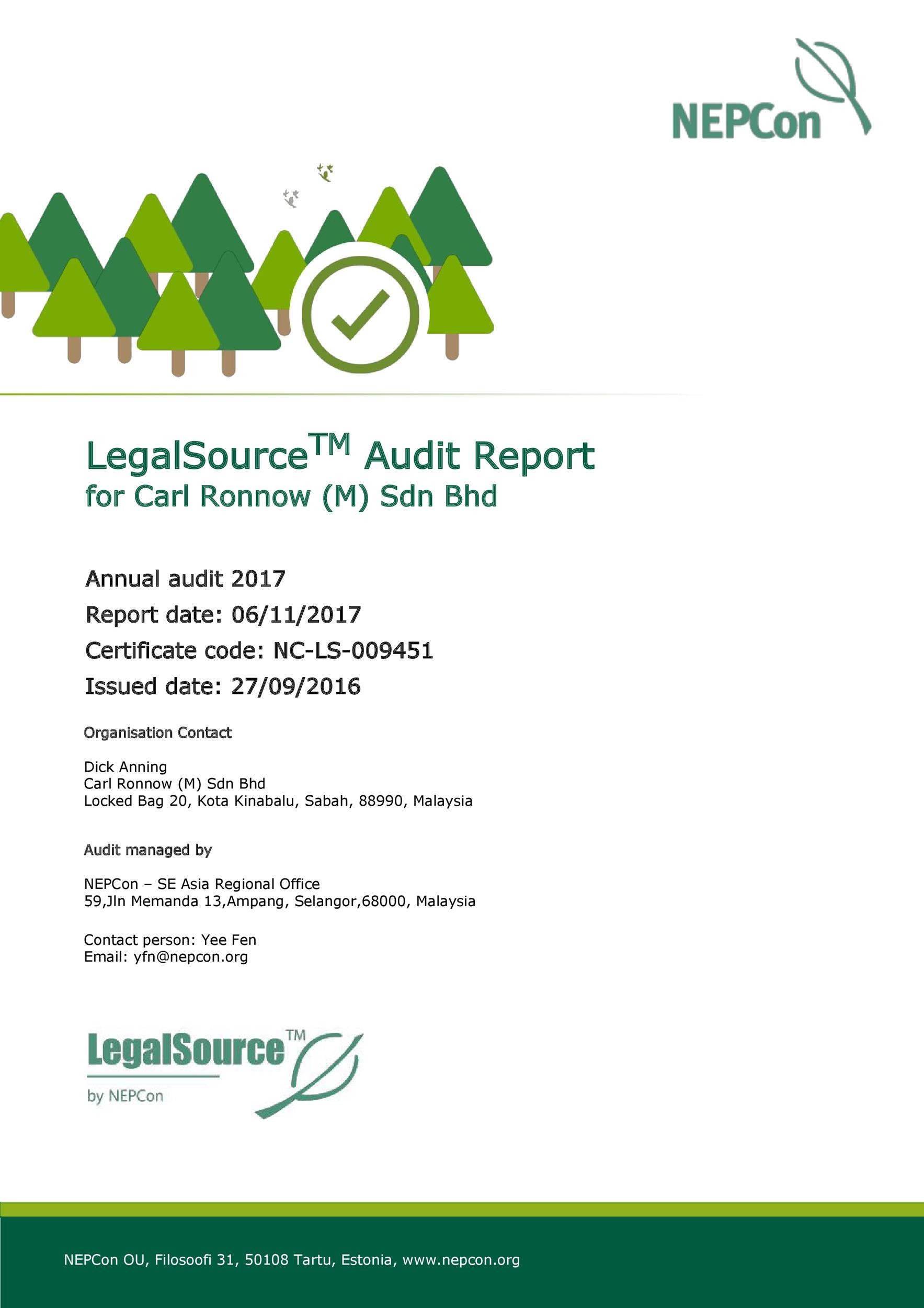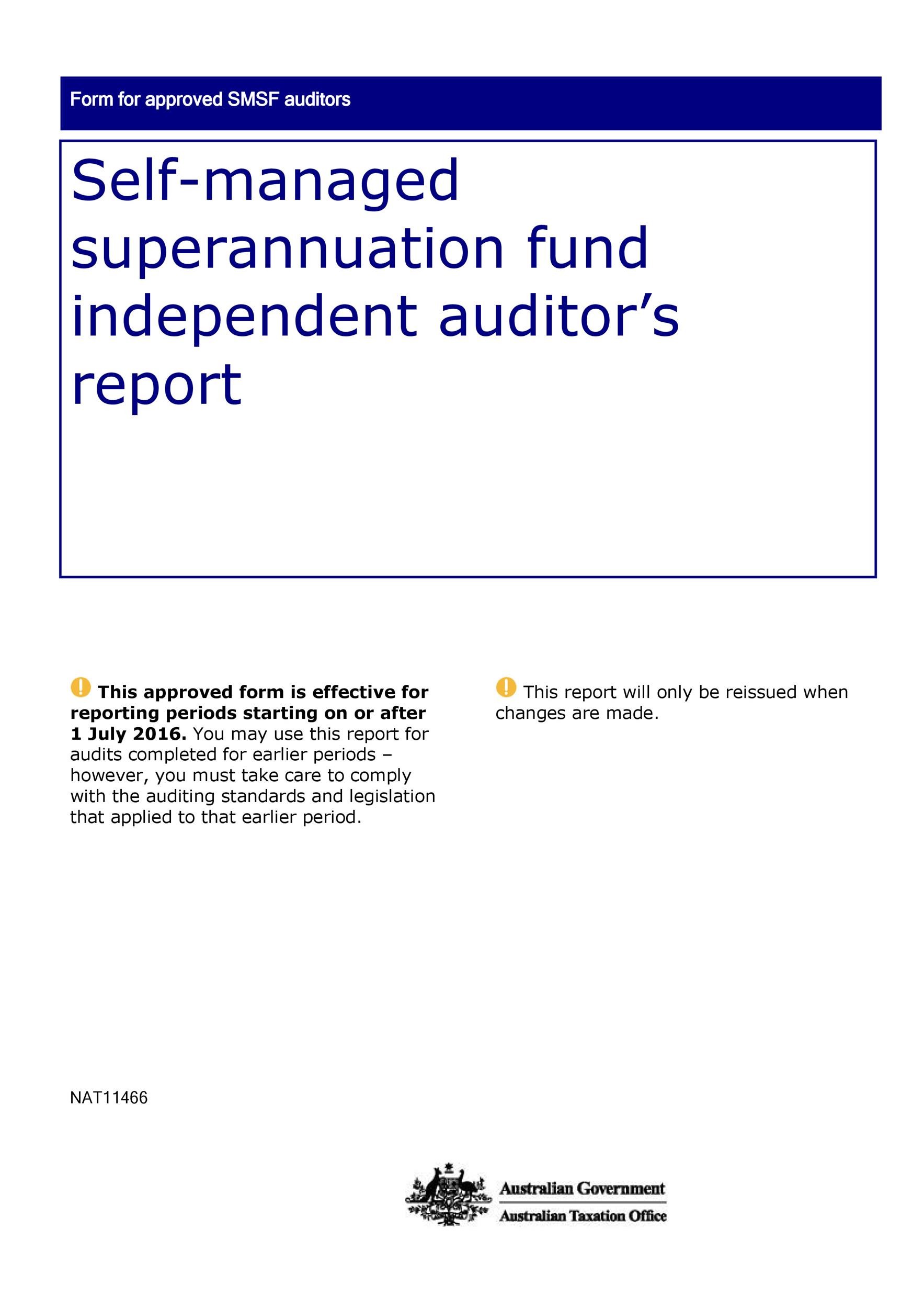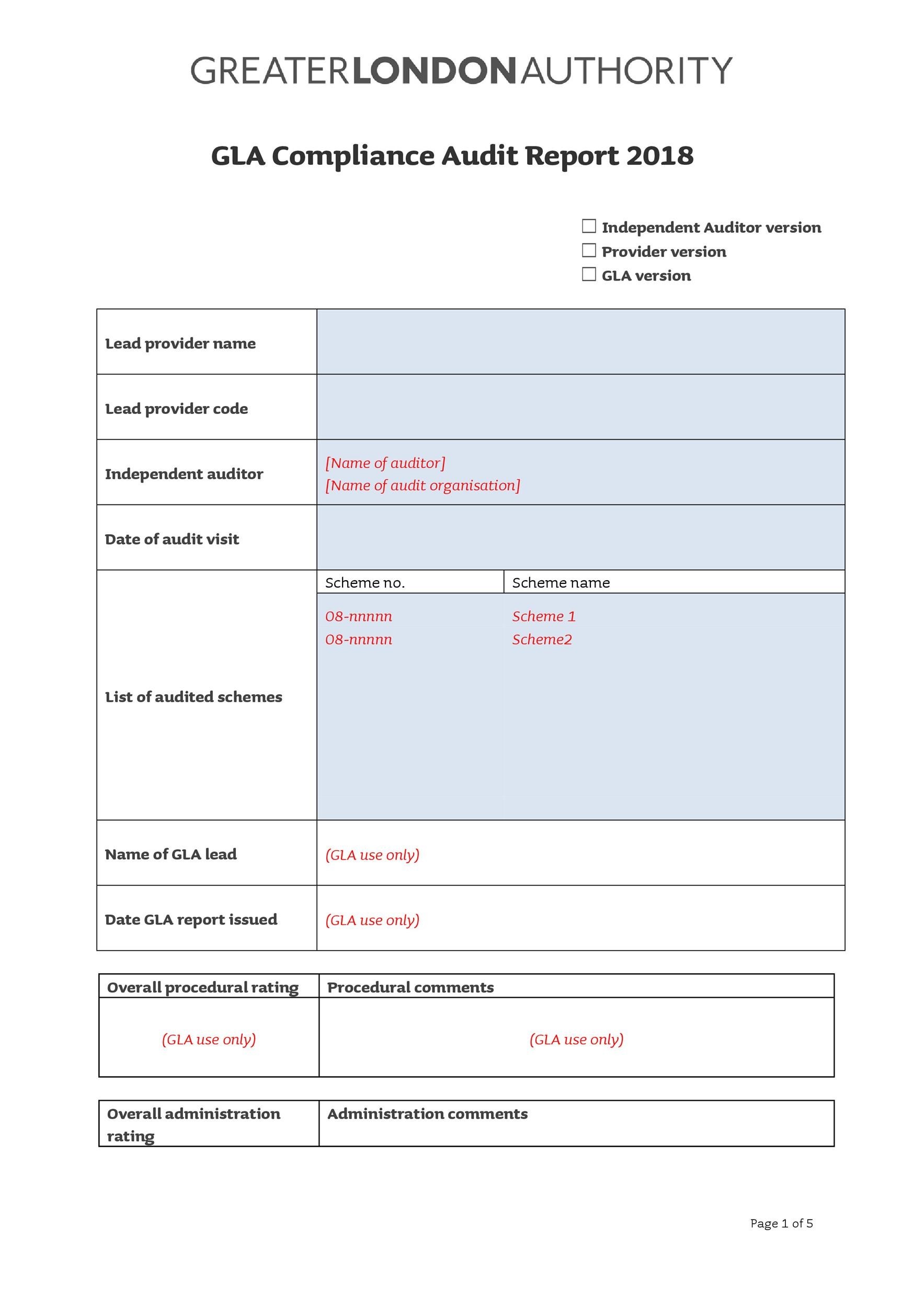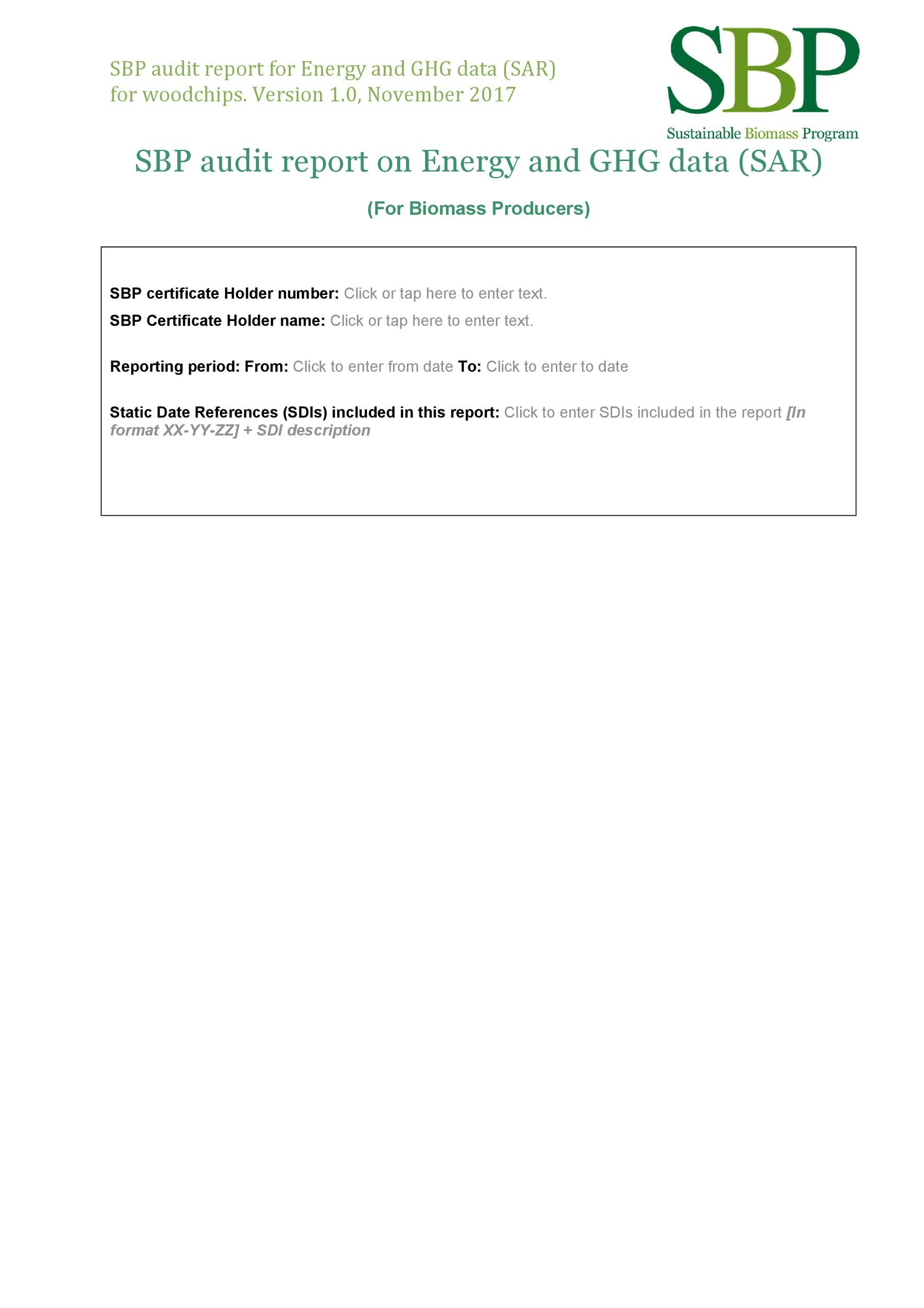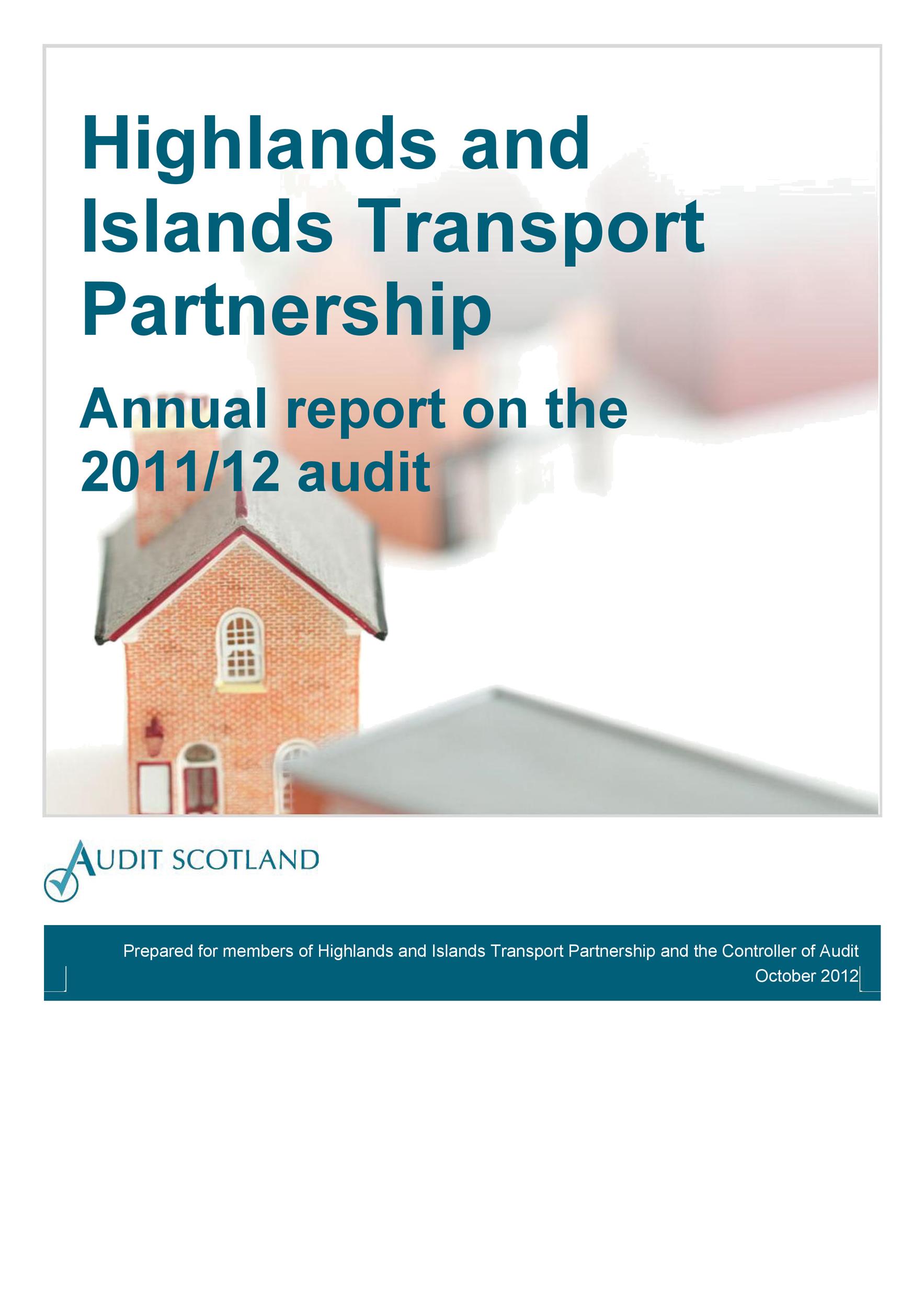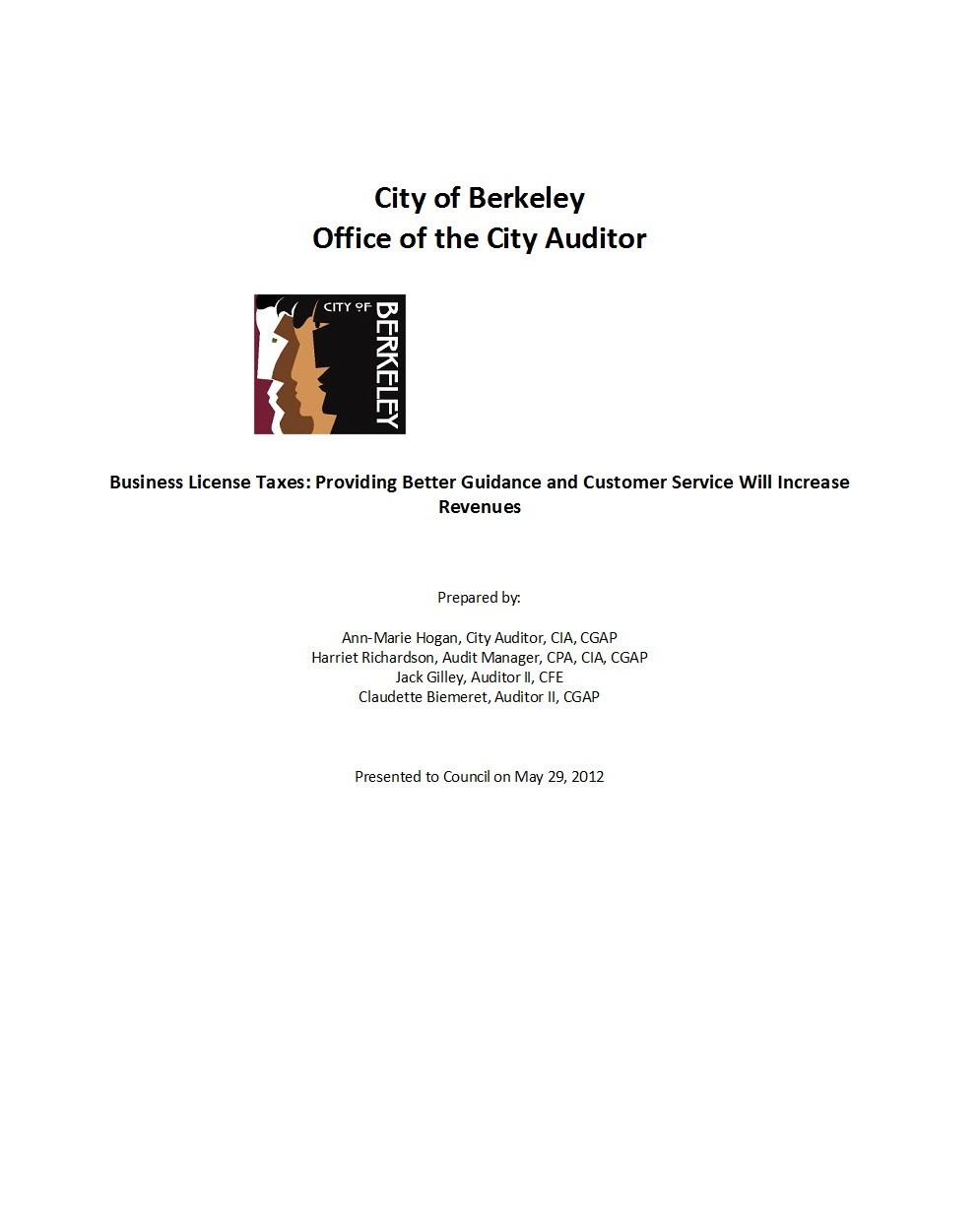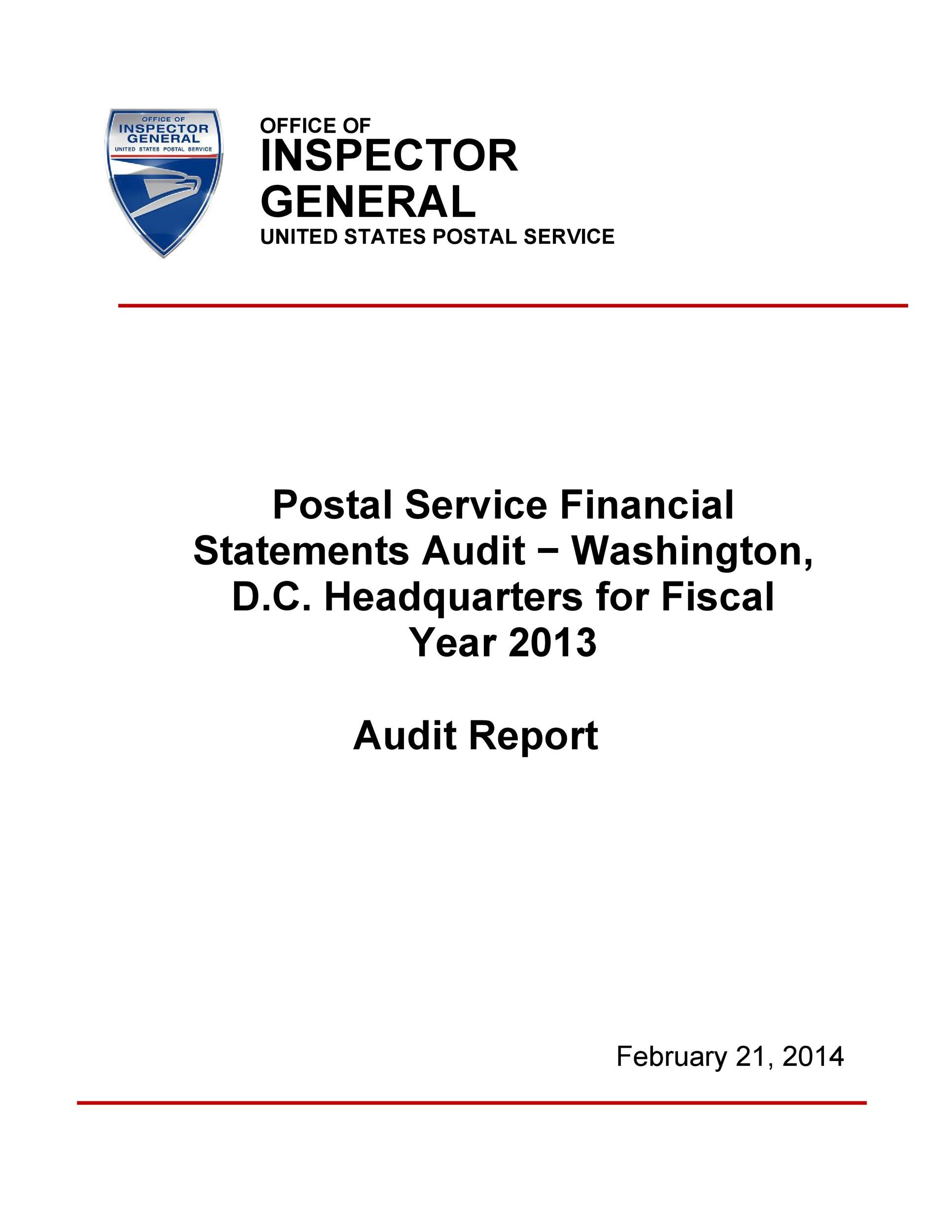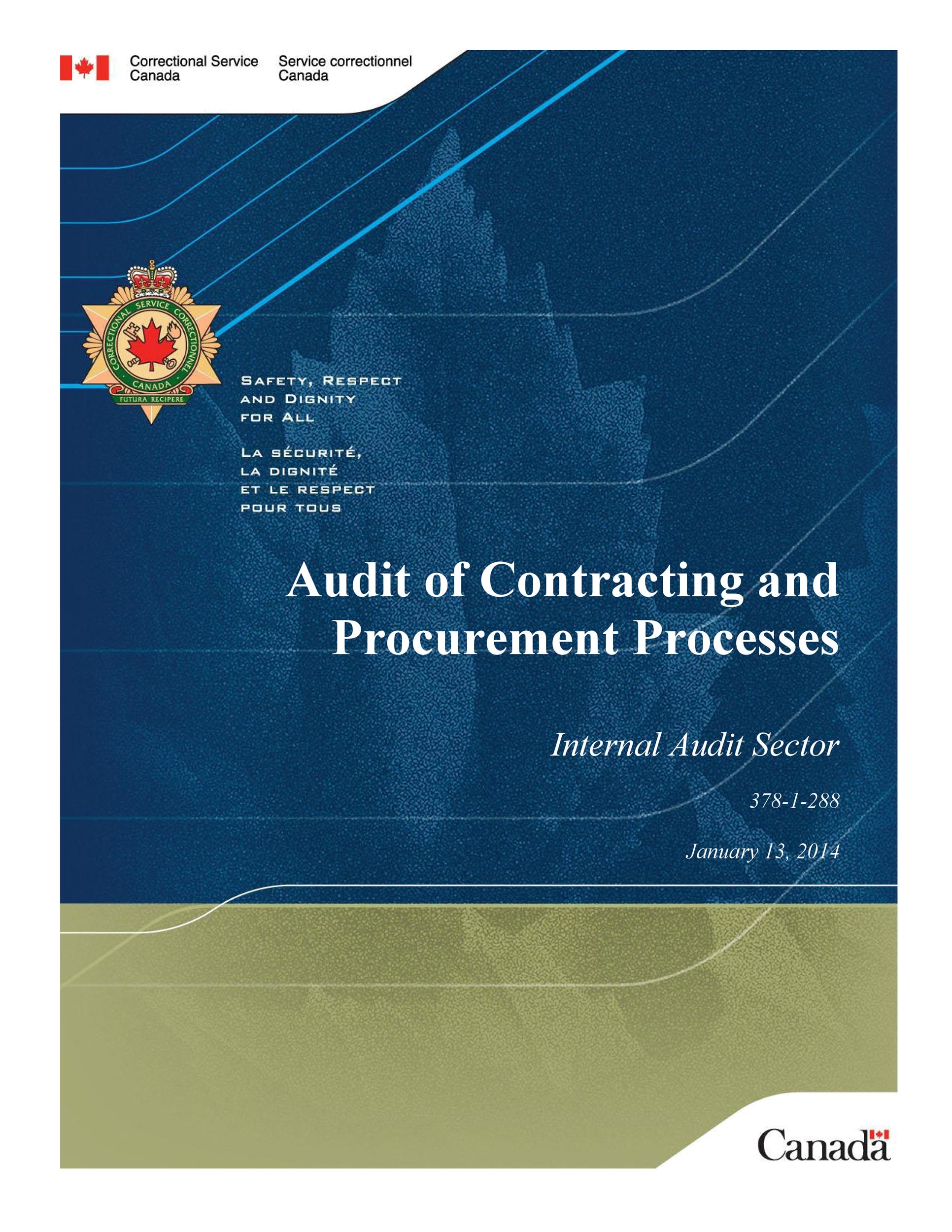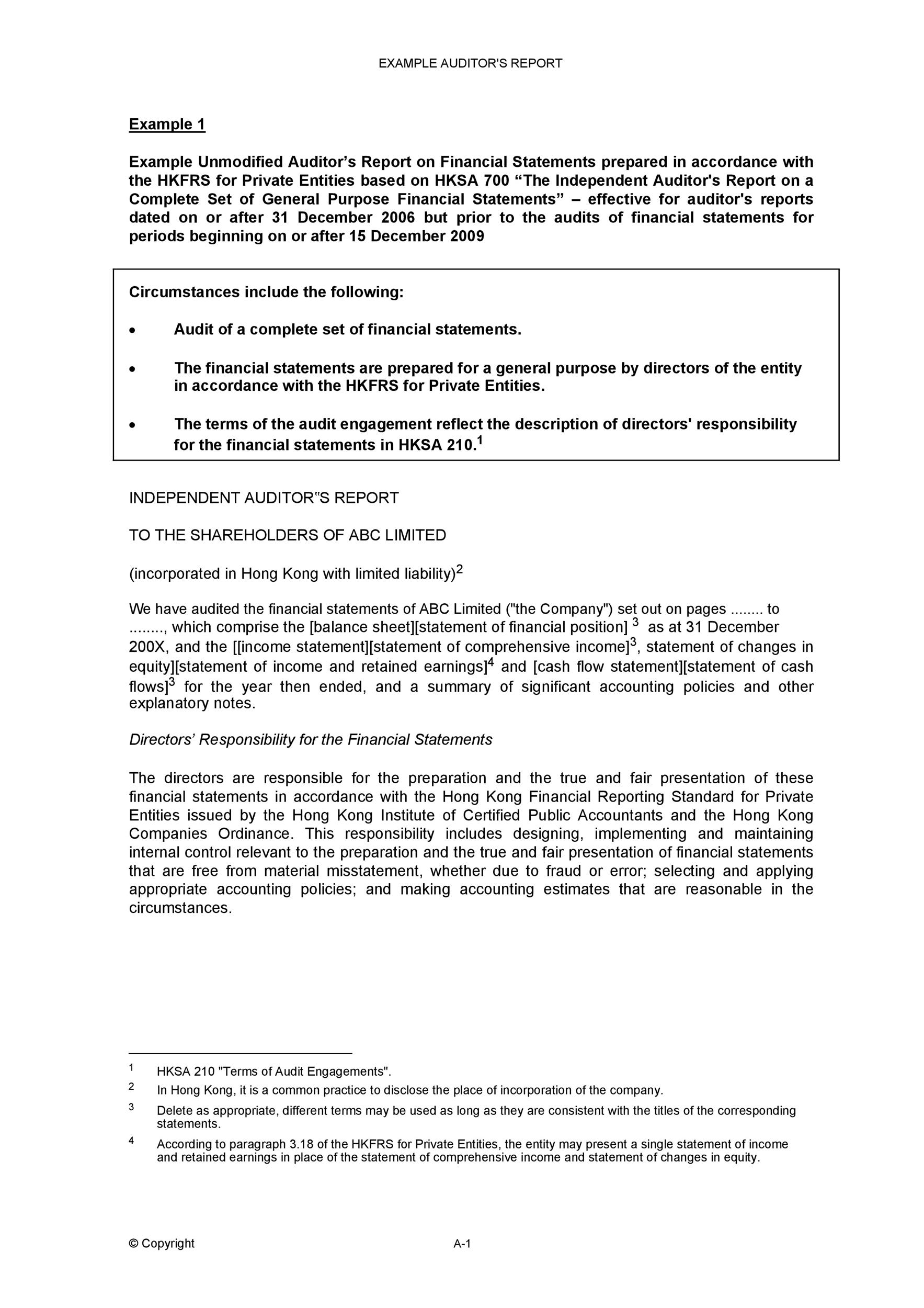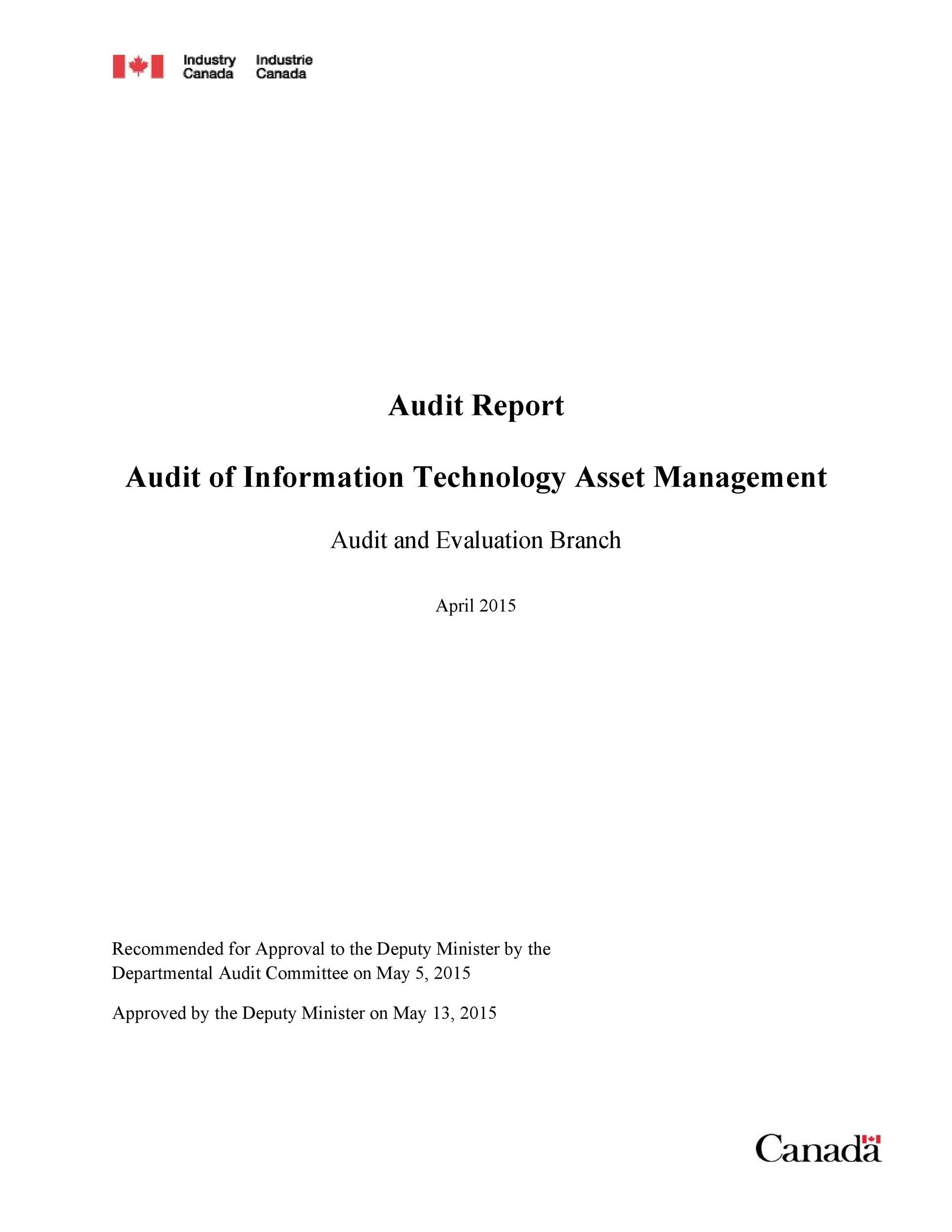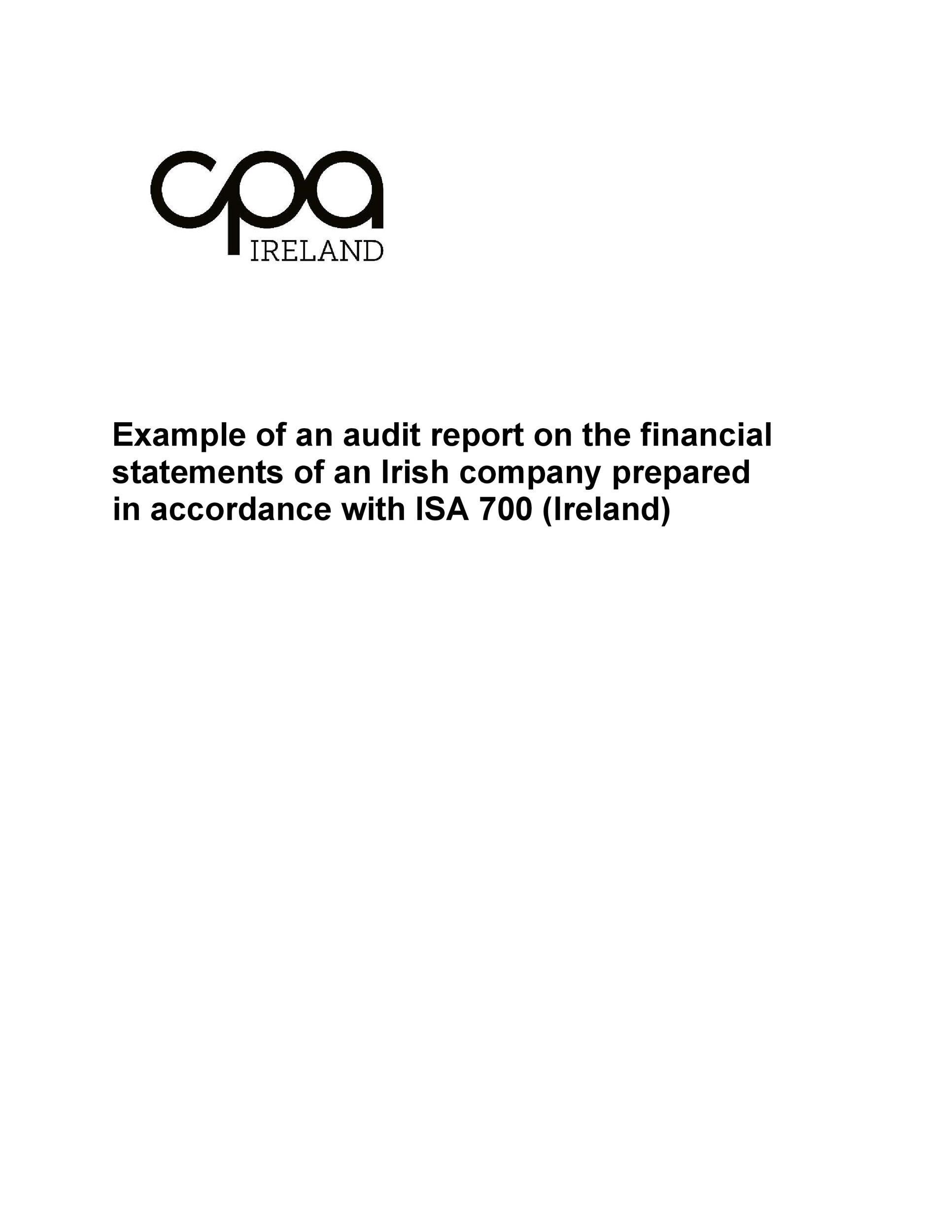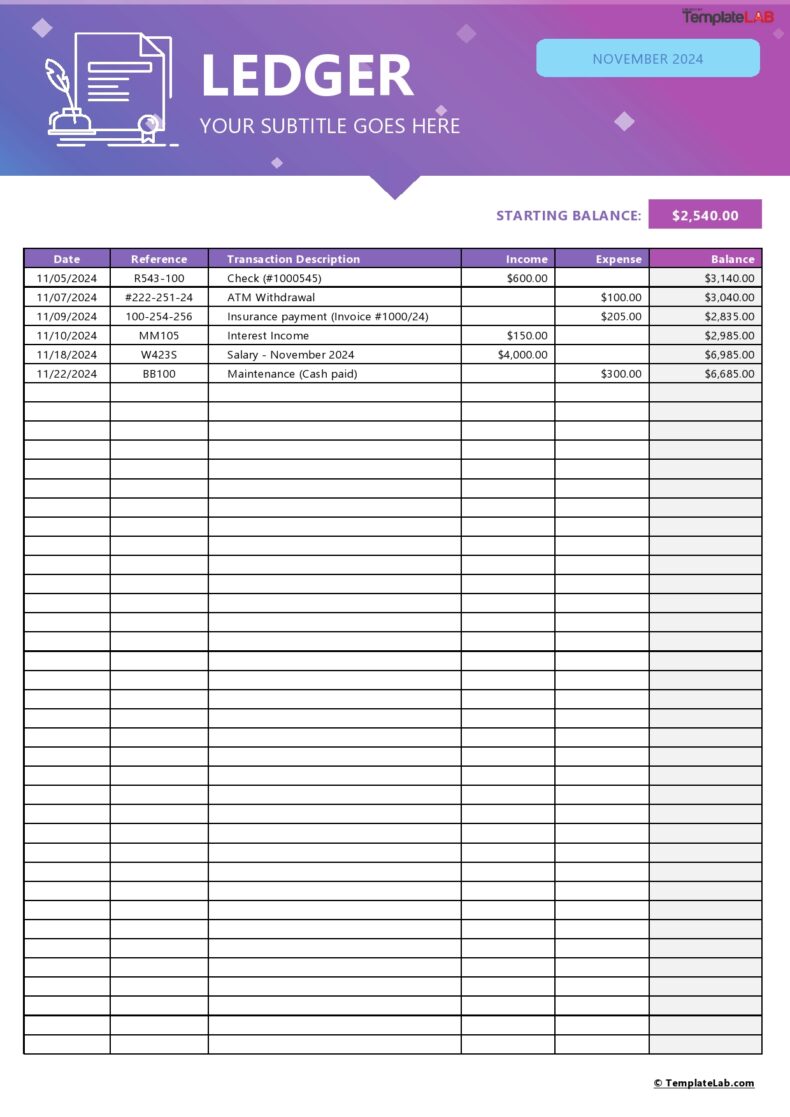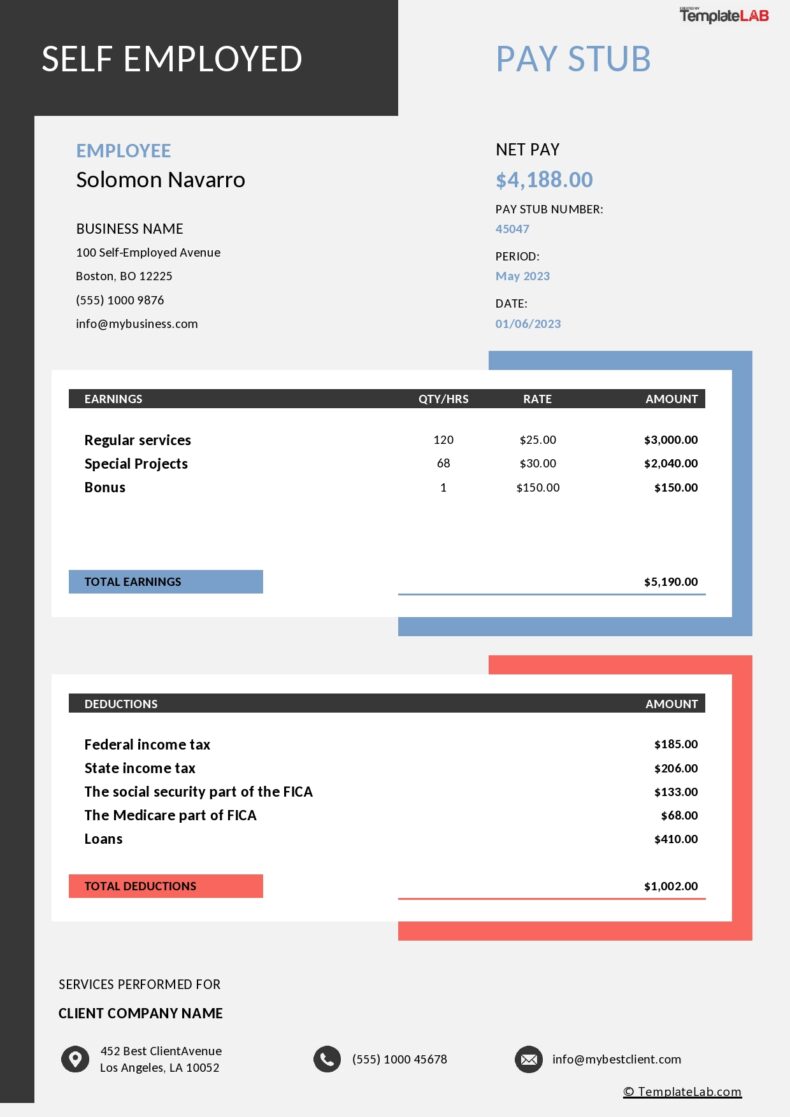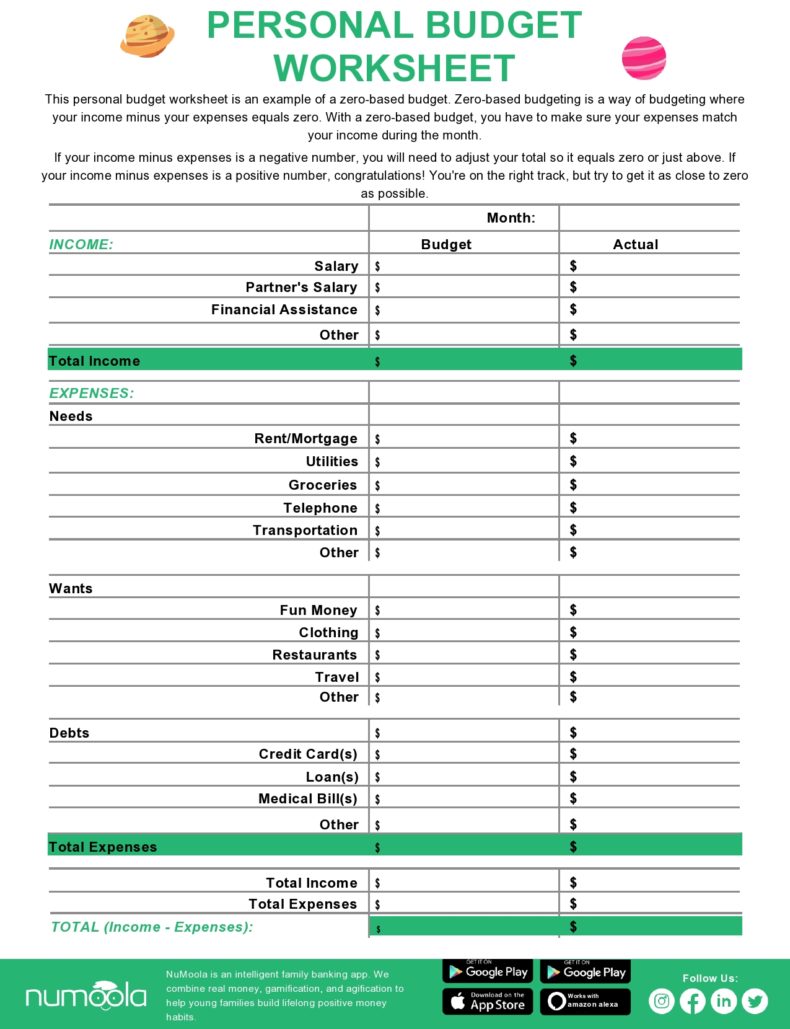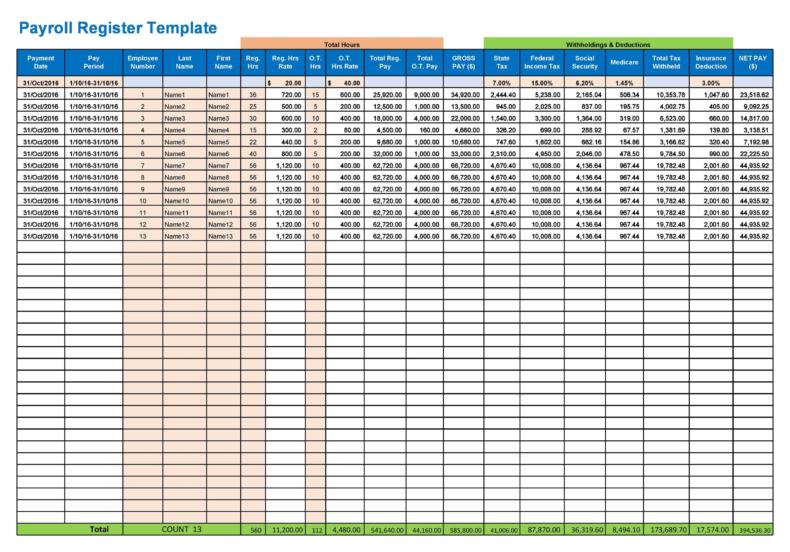An audit report template is a written document which contains the opinion of an auditor about the financial statements of any entity. When writing this report, use a standard format that’s mandated by GAAS or Generally Accepted Auditing Standards. For this format of the internal audit report template, you may use some variations depending on the circumstances of the work you engage in.
Table of Contents
Audit Report Templates
When do you need an audit report?
Typically, an audit report template you would create three paragraphs which contain:
- The responsibilities of the entity’s management and the auditor.
- The scope of the audit report sample.
- The opinion of the auditor regarding the financial statements of the entity.
Audits are important because they provide the chance for another person, usually a certified professional accountant to look over the accounts of the business. The lenders and investors of businesses may require a yearly audit as one of their conditions of placing money into that business.
Also, it’s always a good idea to have a current audit report template on-hand in case you need it. Often, businesses hire CPA auditors for the task after they’ve seen some of their audit report examples. Here are some services CPA auditors may perform for you:
- Checking up
CPA auditors are people who give your company its annual “physical exam.” This audit exam uncovers issues that your company may not have known. Therefore, having an audit keeps the company on its toes. - Reporting
After the completion of the audit examination, the CPA creates an audit report sample. This includes a statement on whether the company prepared its financial report correctly. The requirements for audit depends on whether you have a public or private business:
Public: These include businesses who have debt securities and ownership traded in the US public markets. Such companies must have yearly audits performed by an independent CPA auditor or CPA firm.
Private: These include businesses which aren’t traded in the public markets. Even though federal laws don’t require yearly audits for such businesses, their investors and lenders may insist on it.
Internal Audit Report Templates
Elements of an audit report
For any business, an audit report template is an essential deliverable which contains the results of the whole audit process. Those who use financial statements like customers, lenders, investors, and others typically base their plans and decisions on the internal audit report template of the company.
Audit reports are important as they influence the perceived value of any audit financial statement. Auditors must be extremely careful when issuing their audit report example as a lot of people rely on these reports to make their decisions. Auditors must issue these reports in an objective and unbiased way too,
According to the Standards on Auditing, the basic structure of an audit report must include the following:
- Title: The title must mention that the document is an “Independent Auditor’s Report.”
- Addressee: Here, you must clearly mention to whom you’re giving the report to.
- Auditor’s responsibility: Here, mention that the Auditor’s responsibility is to clearly express his unbiased, objective opinion regarding the financial statements. Then he can issue the audit report.
- Opinion: Here, mention the overall impression you’ve obtained from the audit of your financial statements. Later on, we’ll discuss the different types of opinions in detail.
- Basis of the opinion: Indicate the basis on which you had achieved the reported opinion. To make this more credible, include the facts of your basis too.
- Other reporting responsibilities: If there are any other reporting responsibilities which exist, mention these in your report too.
- Auditor’s signature: You must make sure that the auditor affixes his signature on the internal audit report template.
- Place of the signature: This refers to the city in which the auditor signed the report.
- Date of the audit report: This refers to the date when the auditor signed the report.
These are the most basic headings and subheadings to include in your audit report sample. You may include other information too, just make sure that it’s relevant to the document or the addressee asked for it.
Audit Report Examples
Opinions of audit report
An audit report example is also a type of appraisal small businesses use to complete their financial status. No matter what type of business you have, this report holds great importance and it comes from an independent accounting professional and it covers the liabilities and assets of the company.
The auditor company might be hired by a client who has outsourced his business to your company or it might be done internally to keep a track of company’s procedures and overall operations.
It also presents an educated assessment of the auditor about the current and future financial position of the company. The law requires these reports from companies which are publicly traded or industries regulated by the SEC. Companies who seek funding may also need an audit report to increase their chances of approval.
Here are the different types of opinions of audit report templates:
- Unqualified opinion
This is also known as a “clean opinion” and it’s an audit report that’s issued when the auditor determines that all of the financial records given by the company don’t contain any misrepresentations. Also, an unqualified opinion signified that all of the financial records of the company are well-maintained in accordance with the GAAP standards.
Among all the types of audit reports, this is the best one any company may receive. Generally, unqualified reports come with a title which includes the term “independent” in it. Auditors do this to show that an objective third party prepared the report.
After the title comes the main body of the report and it’s composed of three paragraphs. In the main body, you highlight the auditor’s responsibilities, the purpose of the audit, and the findings of the auditor. Also, the auditor signs and dates the report. - Qualified opinion
A company may receive this type of report when it didn’t maintain its financial records according to the standards set by the GAAP. However, it also indicates that the auditor didn’t find any misrepresentations. Composing this type of document is very similar to composing an unqualified opinion.
The only difference is that it includes an additional paragraph which highlights the reason why the auditor deemed the audit report as qualified. - Adverse opinion
This is the worst type of report an auditor can issue to any company. It’s an indication that the company didn’t maintain their financial records according to the GAAP standards. Also, the company had provided the auditor with financial records which were grossly misrepresented.
In some cases, these issues may have occurred erroneously but it’s it usually indicates fraud. When an auditor issues this type of report to your company, you must correct all of your financial statements then have them re-audited. Otherwise, lenders, investors, and other parties requesting for the report won’t accept it. - Disclaimer of opinion
In rare cases, auditors aren’t able to complete an accurate report. This happens for different reasons like an absence of the required financial records. When this occurs, the auditor issues this type of report to the company. It states that the auditor isn’t able to determine the financial status of the company.
Audit Report Samples
Tips for writing an audit report template
An internal audit report template is a document issued by a professional auditor after he has completed the auditing process for a company. It contains a detailed summary of the auditor’s findings. There are different reasons for conducting audits like for acquiring funding, complying with government standards, and more.
The different types of audit report templates we have discussed above are also known as opinions as accepted by the accounting community of America. No matter what type of report you create, you should follow a formal business format as this is an official document:
- Title and Introduction
Make sure to give your document an official title. Make it simple, straight forward, and clear. You must also include the term “independent” to indicate that an unbiased, objective third party prepared the report.
After the title, start with the introduction to the report. Just make a one-paragraph statement for the introduction. Include the name of the company and the date covered by the audit. Most of the time, the date encompasses the fiscal year of the company. - Responsibilities
Explain and clarify all of the responsibilities of the auditor and the directors of the company. Indicate that the responsibilities of the management team of the company is to provide all of the financial documentation required for the successful completion of the audit. Also, the data they provide must be completely accurate to the best of their knowledge.
In this paragraph, also include the auditor’s role which is to review all of the financial statements the company provided. Based on this information, he must come up with an opinion of the company’s financial status. - Basis of opinion
Finally, compose the basis of opinion. Start off with the opinion of the auditor and explain this as simply as possible. Then go on to explain how you had the audit conducted to comply with the GAAS standards. After you’ve described the whole audit process, the auditor must also include all of the relevant resources to support his opinion.


